Traveling Kavalan 噶瑪蘭之路 is a narrative photographic essay exploring themes of cultural assimilation, Buddhist philosophy and self-transformation. All images were made in the former Kavalan territory of Formosa Island, present-day Yilan County, Taiwan between January and December 2020.
Background
The plains in the northeastern area of Taiwan, from New Taipei County down to Su’ao and east to the Pacific Ocean, comprise the old Kavalan territory in what is now Yilan County.
For millenia before the Age of Exploration, Austronesian tribes ruled the Pacific. With a competency in navigation not fully understood by modern technologies and conveniences, tribes canoed as far south as (present day) Australia, north to China, west to Madagascar, and east to the Americas. At one time, the island of Taiwan was home to over 25 distinct indigenous groups. They speak an Austronesian family of languages (the smaller languages now mostly moribund) called Formosan. The classification of Formosan is actually an all-encompassing term for tribes on the island that have differed greatly from one another in language, technical innovations and cultural traditions. Kavalan is one such indigenous group.
Today, the populace in Taiwan is mostly descended from Han Chinese settlers; natives now only comprise three percent of the total population. Waves of Dutch, Portuguese, German, French, Japanese, and Chinese settlers over the centuries have effectively swallowed the cultural legacy of indigenous people of the old world order in Taiwan. There is little to no tourism or much information at all on the legacy of these peoples in Taiwan. These ‘first people’ have both intentionally and unintentionally assimilated themselves with modern values and standards of living. Reading first hand accounts of travellers in the area tell me that most folks in Yilan who are of Kavalan origin are wholly unaware of it, either because of intermarriage with Han Chinese or due to their ancestors having disguised their identities in order to have a better quality of life. Traditionally folks from Kavalan lived in the plains; though now, the last settlement of Kavalan people have moved south of Yilan County to Xinhe in Hualien County.
Stone pillars dating back to nearly 3,000 years ago can still be found along the Pacific coastline. What happened to these cultural traditions that represents so much of our early human legacy? What impressions have they left on current society? What’s it like to be from Yilan, Taiwan in 2020?
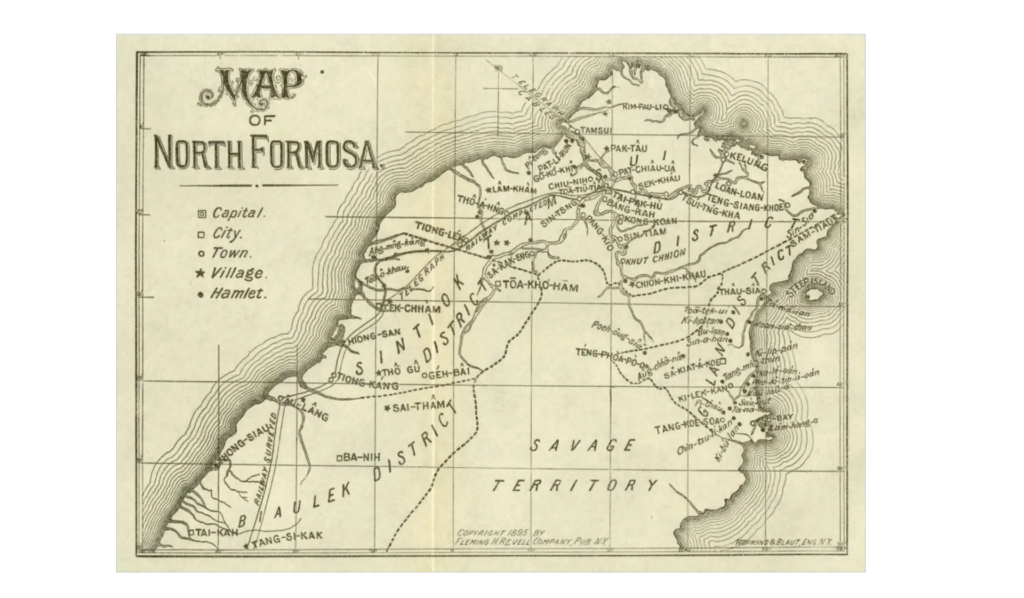
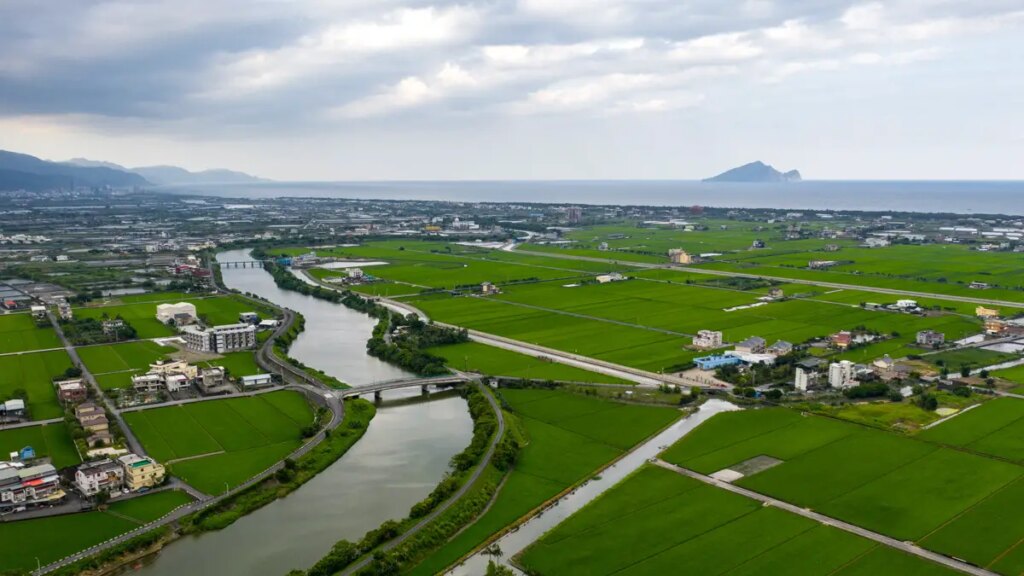
The Project
Traveling Kavalan was in part inspired by the driven artist, meticulous workman, and romantic philosopher August Sander’s work documenting portraits of early 20th century Weimar Germany. The scope of his magnum opus was massive. His collection of images, named People of the 20th Century, was a bona fide geneology of German people from all walks of life. Throughout his lifetime, he photographed people of every class and type within society. What was noteworthy is that he always had a keen eye for the archetypal person who fulfilled a role in society, yet remained faithful to their individuality. With this unjudgemental attitude, he traveled the countryside by bicycle with his camera. Novelist Alfred Doblin wrote of his portraits, “Seen from a certain distance, the differences between the subjects vanish, the individual ceases to exist, and the universality is all that remains.”
This vision motivated me in Yilan, Taiwan. Though the project had a focus on identifying aspects of indigenous culture, it was not to the exclusion of whatever I allowed myself to photograph. Taking my bicycle out and riding into the unknown, I ventured to create a portrait of a place. I wandered for hours some days taking only one or two pictures. Other days and photos were taken on assignment for a government funded initiative called Goldfish Space 金鱼 that organizes communal art fairs, runs workshops and connects artists and businesses within the community. I worked there as a resident photographer documenting stories in the area, while translating and teaching a photography elective at a local middle school.
The Process
My own personal People of the 20th Century would involve a few concepts that I had pondered in the “wandering process” of collecting images. When viewing the picture story below, I envision how these concepts manifest themselves.
缘分(yuán fen), a natural affinity among people or the luck by which people are brought together.
‘Yuan fen’ is comparable to ‘karma’ in Buddhism, but stresses the interaction between people instead of an individual. It’s not uncommon to use this phrase when you really enjoy meeting someone for the first time, proclaiming that your comings-together was fated to happen. For example, “Our yuan fen is deep!” Is our meeting fate or free will?
自慢 (zi man), self-slow
Self-slow is the question of your life. The following is an excerpt from the book 自慢:自慢: 社長的成長學習筆記 by 何飛鵬 a Japanese author who presents some of the same principles of Japanese ‘ikigai’ (生き甲斐) in a way Mandarin Chinese speakers can understand. This passage was translated by myself from Mandarin:
“Many people may have some doubts when they see the title of my new book as 自慢 (zi man). These two Japanese characters refer to the one thing a person is most adept at. The most common usage of these characters can be found in restaurant promotions,” 味自慢“ being an indication of the chef’s most outstanding dish or that which he has most confidence in making. This statement is entirely consistent with my work philosophy, hence the title 自慢.
My thinking about this philosophy is that one’s value is derived from a kind of ability or expertise or discipline that they are 100 percent confident in, that few others can compare with. Each person may use this ability to provide a service to others, work at a company, gain respect, or promote his/her lifestyle. This is the precise meaning of 自慢. Every person must find their special skill through dedicated hard work and study. In the modern workplace, each person will use their individual 自慢 discipline to provide service to the whole.
I have taken steps to further understand the implied meaning of 自慢, this concept calls for deep thought.
- 自慢 implies a person’s life-long commitment and eternal pursuit to finding what they are good at. Resolving your 自慢 is a quite the honor and a sign of recognizing your soul.
- 自慢 is a form of research, study and repetitive practice that never stops. This will take all your life to learn.
- 自慢 is a person’s most adept skill and the heart’s innermost labor, but it is not self-important. On the contrary, it’s realization should be humbling and one should expect that others will reap the largest reward.
If I am correct in my understanding, is 自慢 not the perfect description of life? Our greatest efforts lie in finding our place in the world, our value, our service to others, our service to the community and at the same time finding a way to live with our individual self. 自慢 does not just imply a single meaning: one should pursue 自慢, cultivate 自慢, freestyle 自慢, offer 自慢, trade 自慢, enjoy 自慢, use 自慢 to connect the world and promote each person’s value.”
How can I use my photography to find a voice in the world and share its value with others?
无为(wu wei), do nothing (video on wu wei)
This doesn’t necessarily mean to do nothing in the literal sense, rather it means to do or do not, but with the least amount of friction or resistance. If you’ve ever had road rage, you know that the simplest of things can set you off. For what reason? The path of ‘wuwei’ is repeatedly seeing your emotional response and carrying this knowledge in future situations.
“You don’t know what you’re going to do until you are quiet. And then it tells you.” -Alan Watts
“When you arrive at non-action, nothing will be left undone.” -Lao Tzu
The Camera
A medium format Kiev 60 with a Volna 80mm f/2.8 lens was used to take every photograph. A variety of different film stocks (~40 rolls) were shot including Portra 400/800, Ilford 400/800/3200, Fuji Pro 400h, Provia slide flim and expired Fuji film. The Kiev 60 is a fully manual camera (w/ no light meter) and is pretty hefty to lug around with its all-metal construction. The inverted, downward-looking glass plate viewfinder takes some getting used to, but is gorgeous to look through. When photographing portraits, I found the waistlevel position easier to use instead of seeing eye to eye through a normal viewfinder.
As for the camera setup, Henri Cartier Bresson once said, “It is by economy of means that one arrives at simplicity of expression.” I think this is well said and accurately depicts the process of using such a simple camera. Bresson acknowledged that the feel of an image is heavily reliant on the format of the equipment and ease of use in the creative process and final expression. No internal electronics, no light meter, no autofocus lens….it really did require a sort of ‘flow state’ to achieve the compositions I was looking for without distorting the moment with a conscious mind (try as I may to capture a scene without influencing it). It took lots of practice and many irritating screw ups in the shooting and development stages.
Traveling Kavalan 噶瑪蘭之路
What began as meandering around on my bicycle with a camera (personal therapy as much as anything else), culminated in a collection of single images, diptychs (two related images side by side) and triptychs (three related images). It’s truly remarkable what a person can learn from a stranger. How many people do you love, that for a long time you never knew? Has there been a person whom you don’t actively interact with, but may see them often enough to notice them only when they are gone? (a person who runs the same route every day in your neighborhood, a store clerk, an old man who always sits out on his front porch…that when they aren’t making these appearances anymore, there is a noticeable absence) Do you ever see something interesting in a person and regret not saying something? How about a fortuitous encounter with a stranger that altered the course of your life? Both conscious and unconscious, the observations we make and the people we meet impact us hugely. How marvelous is it that meeting people by chance, they invite us to live again!
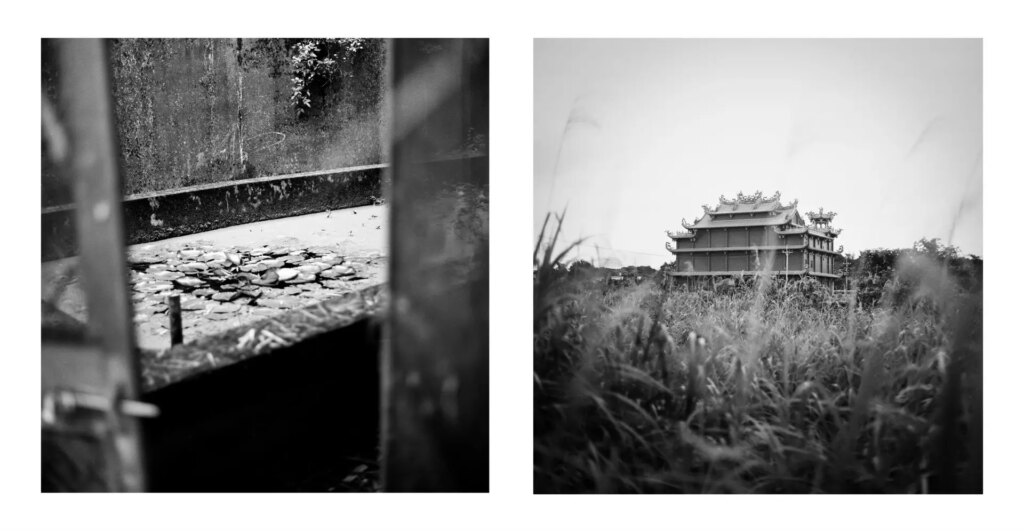
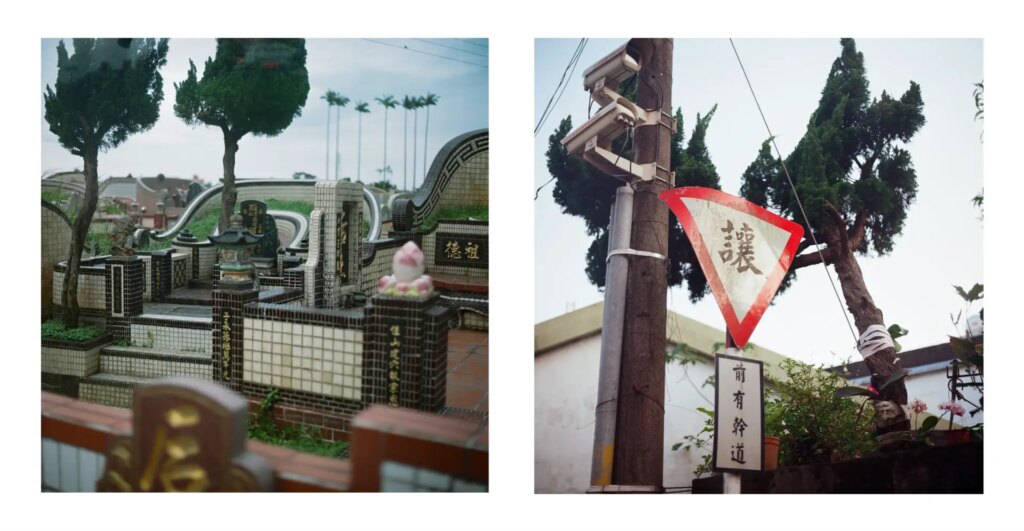
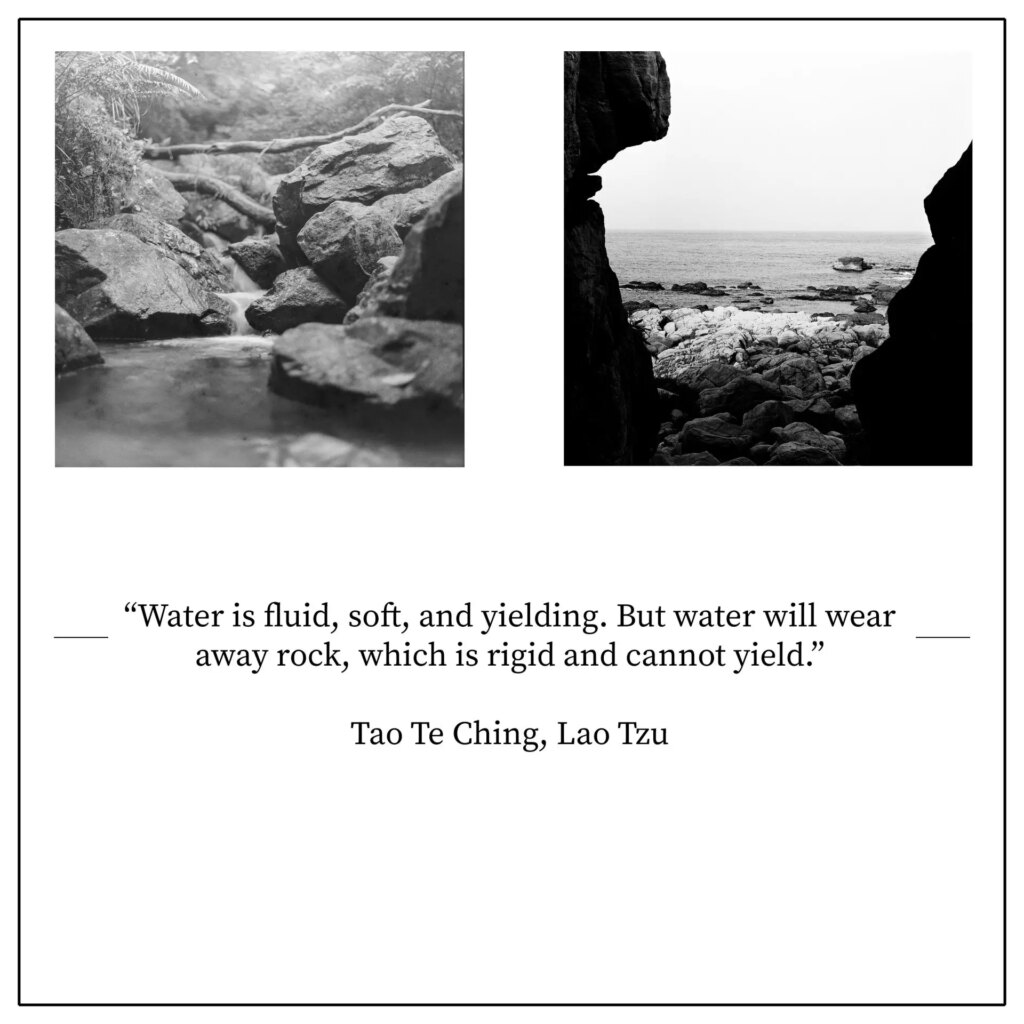
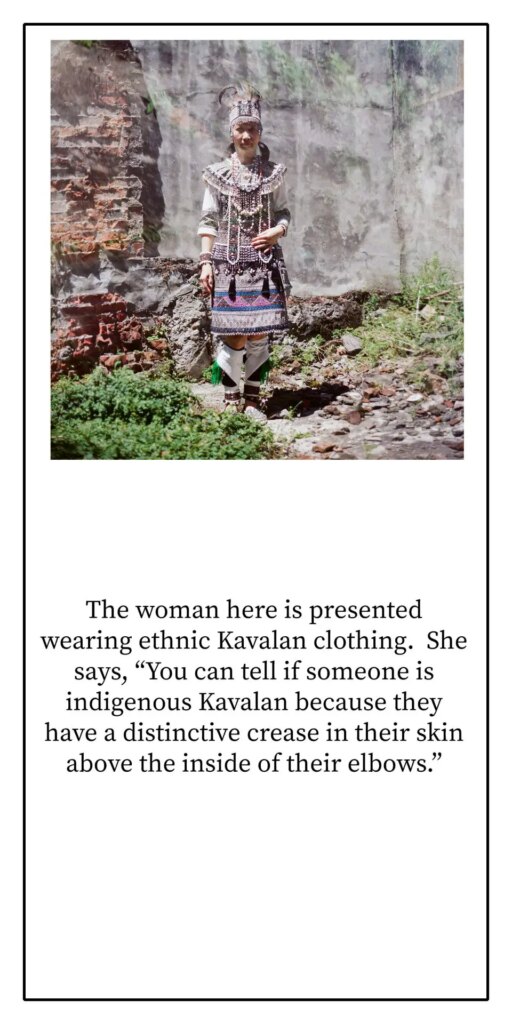
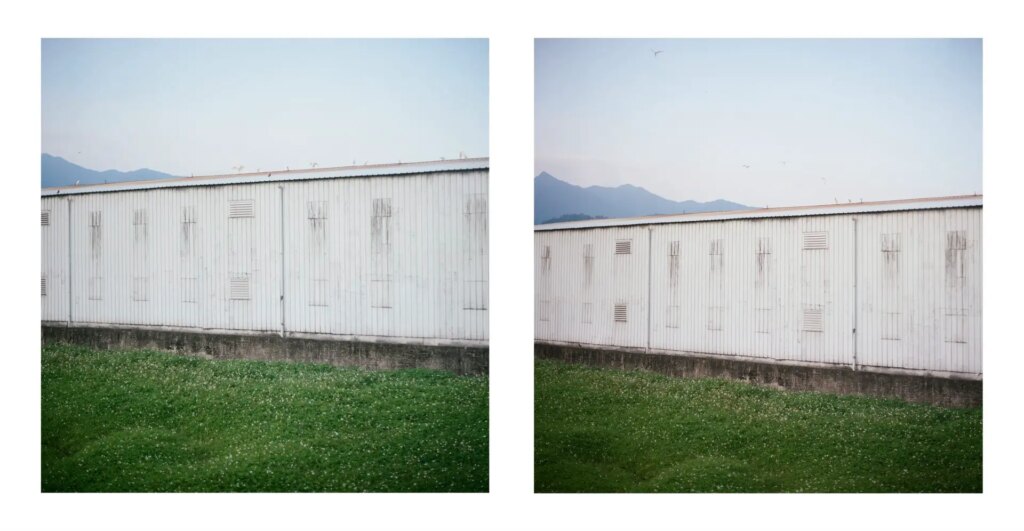
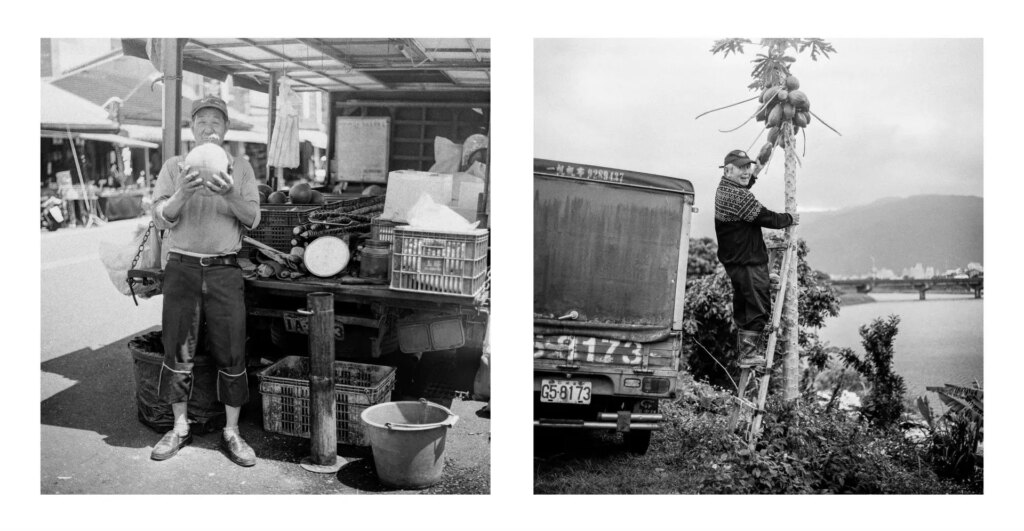
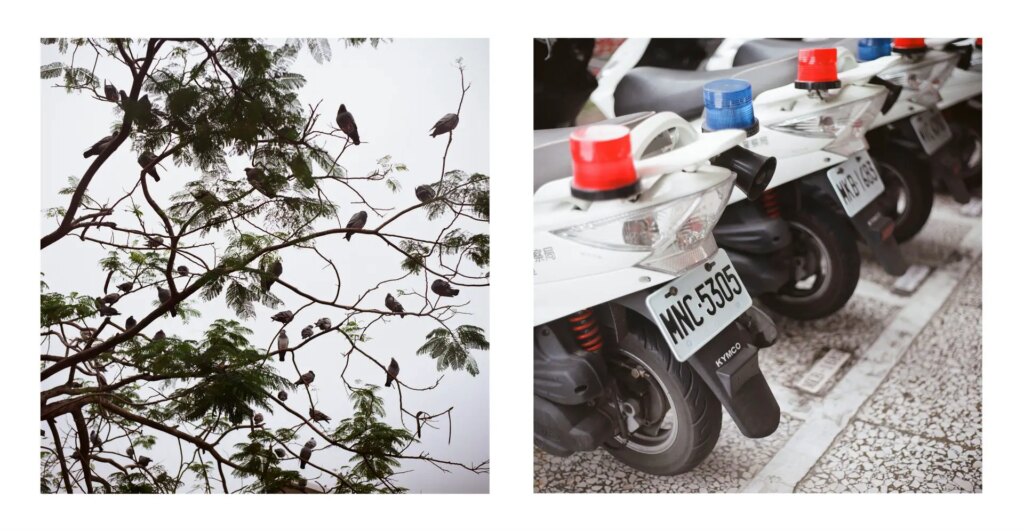
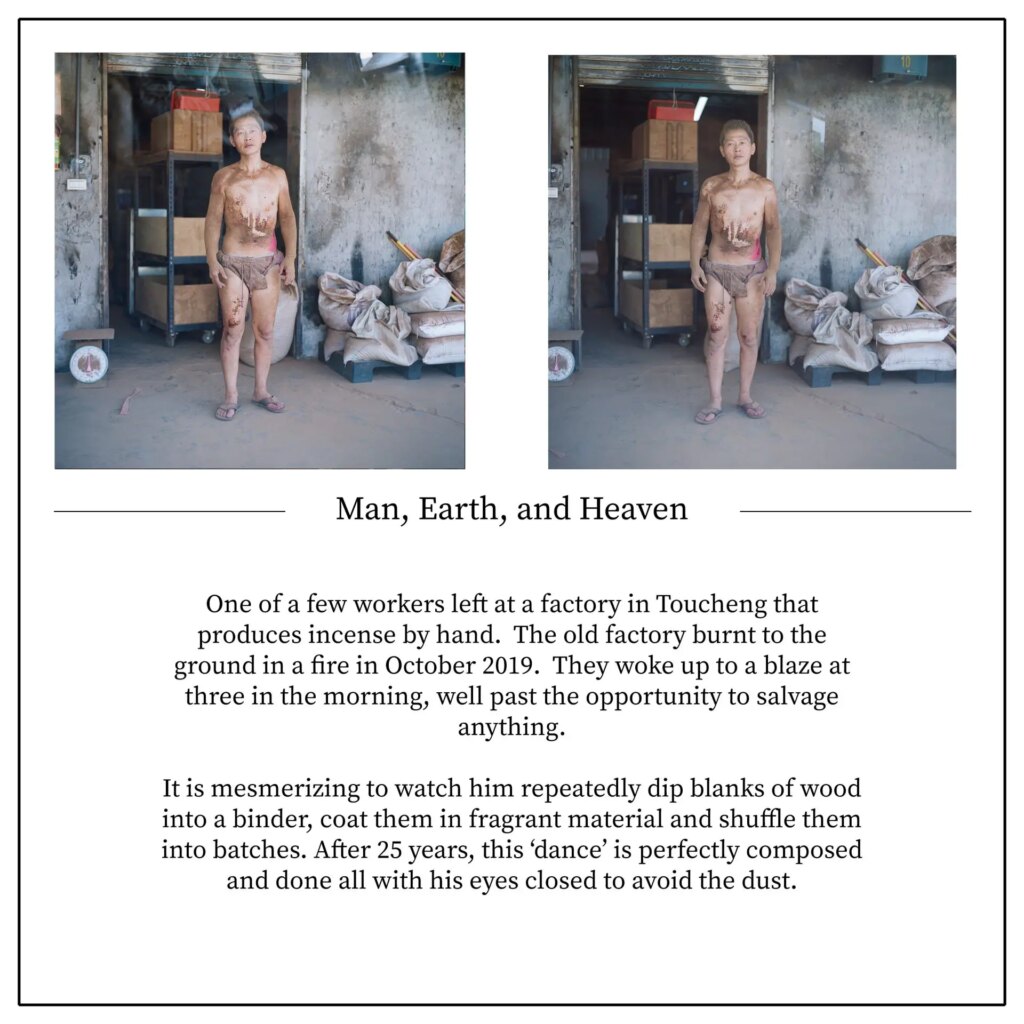
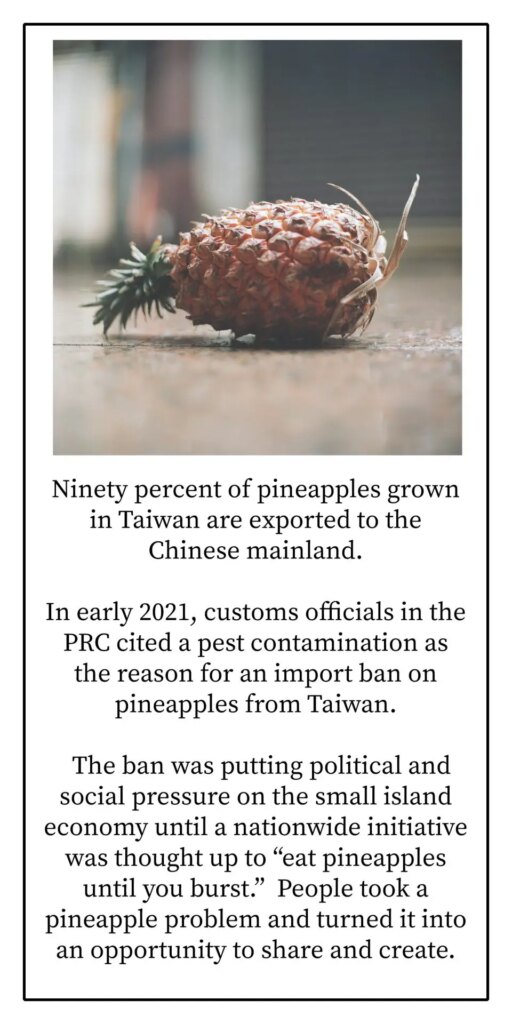
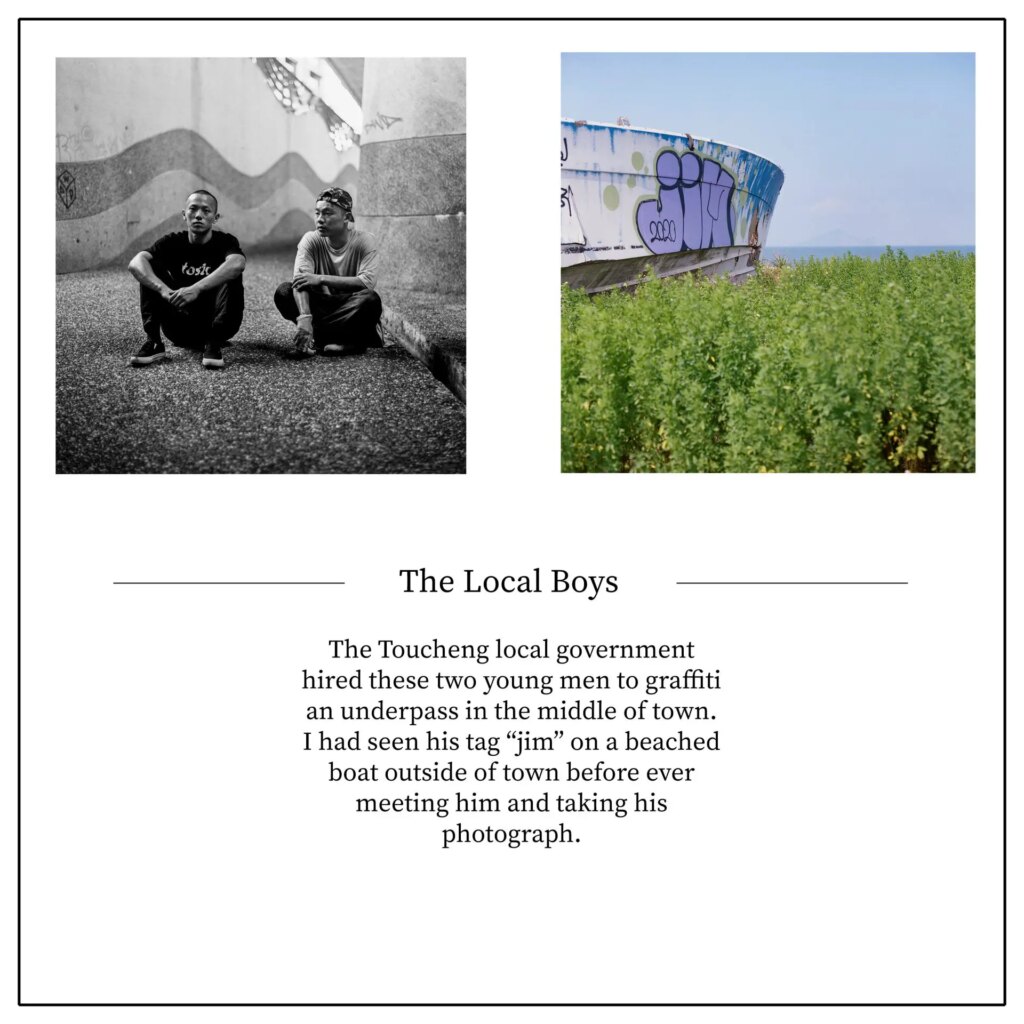
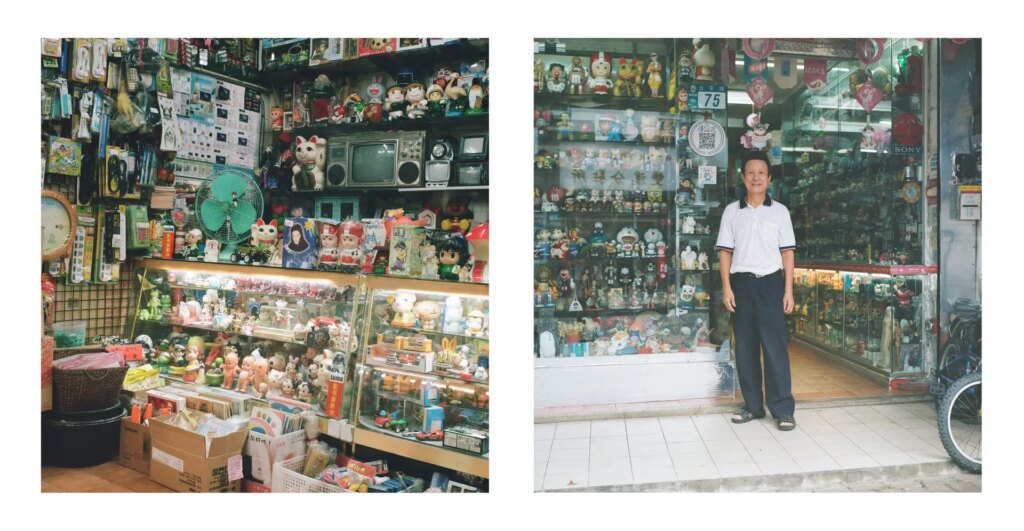
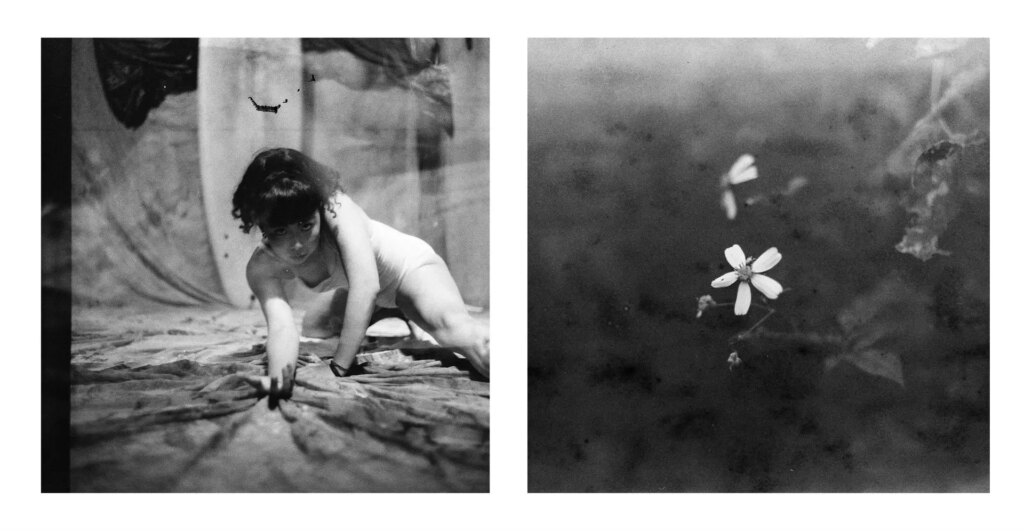
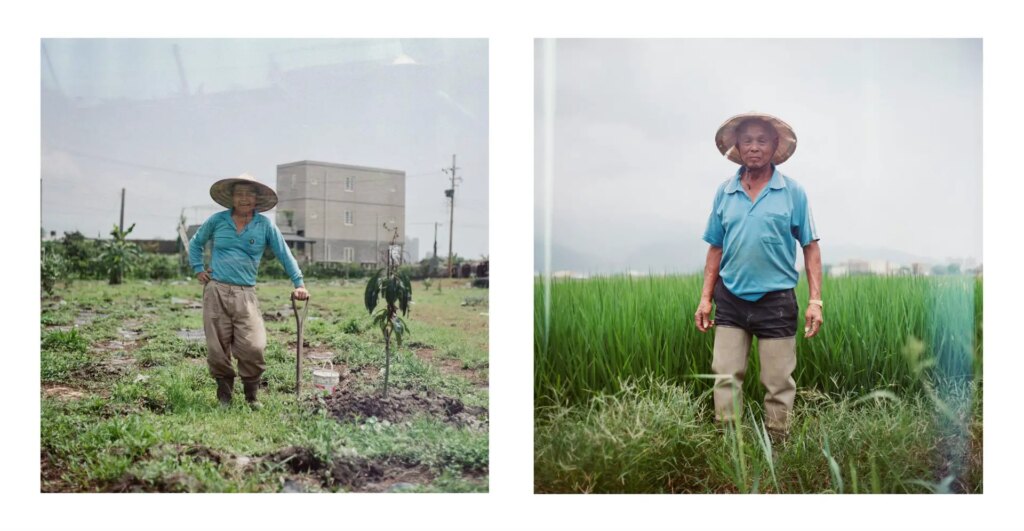
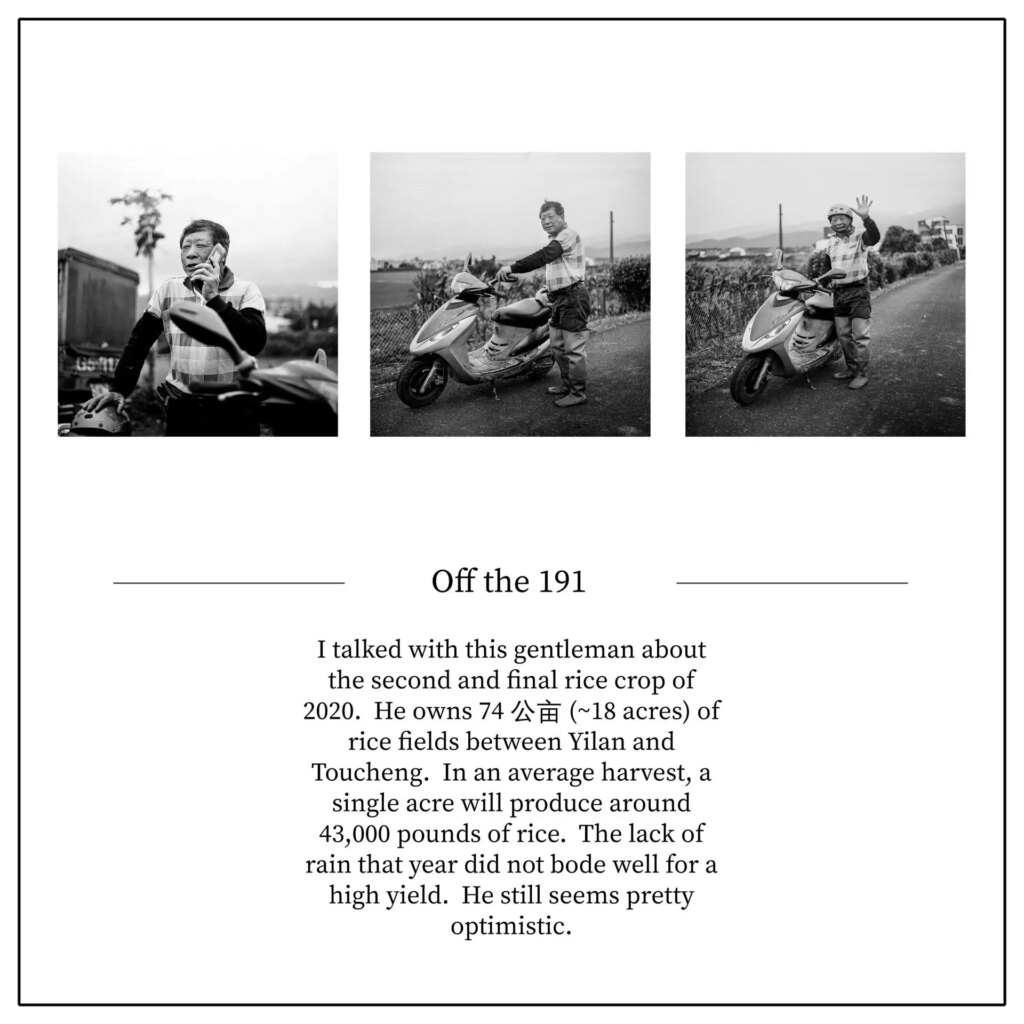
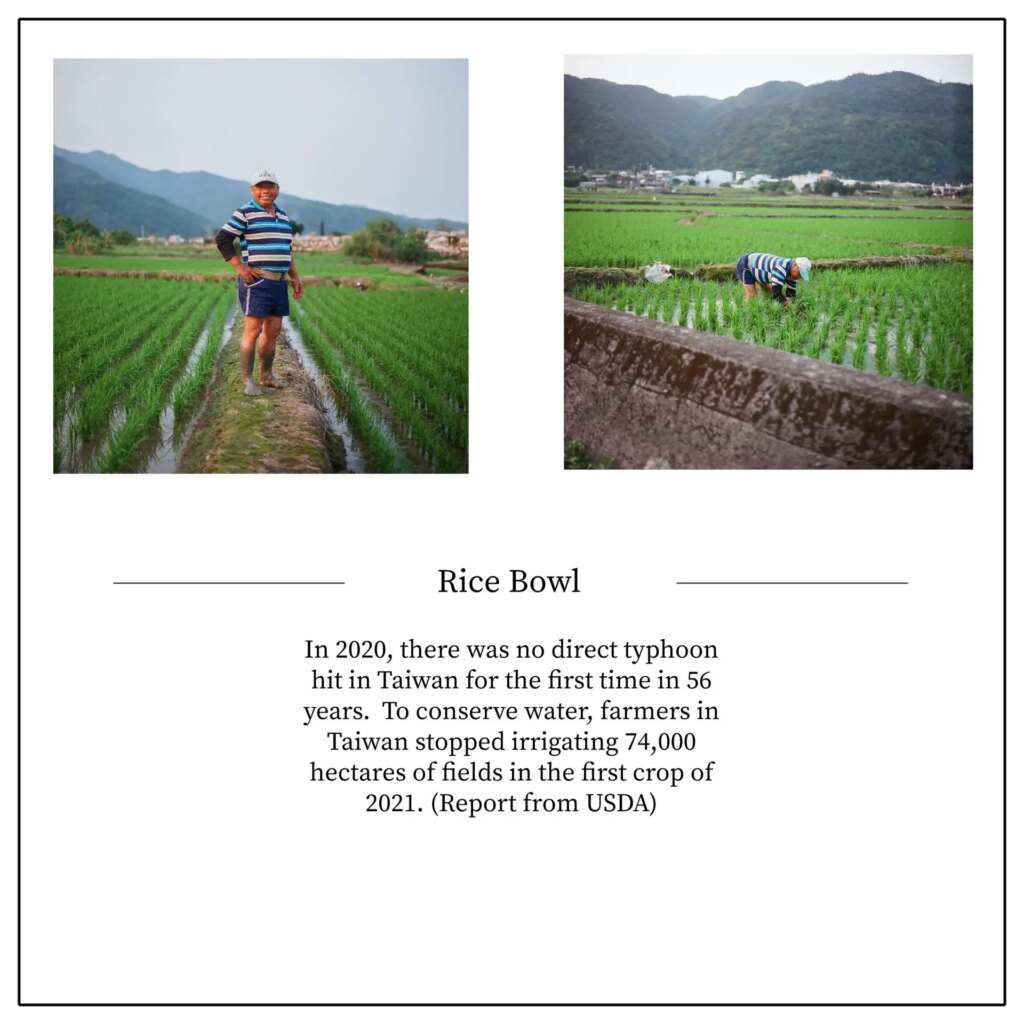
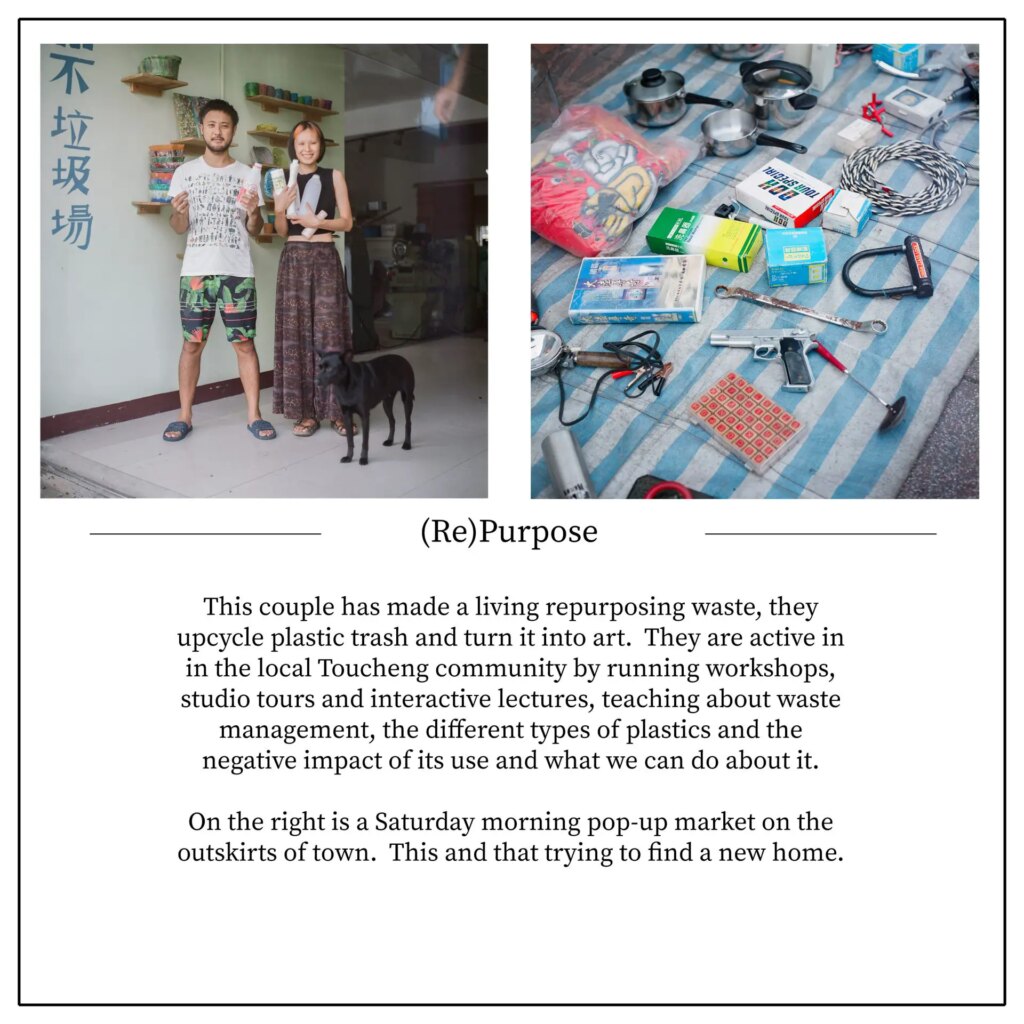
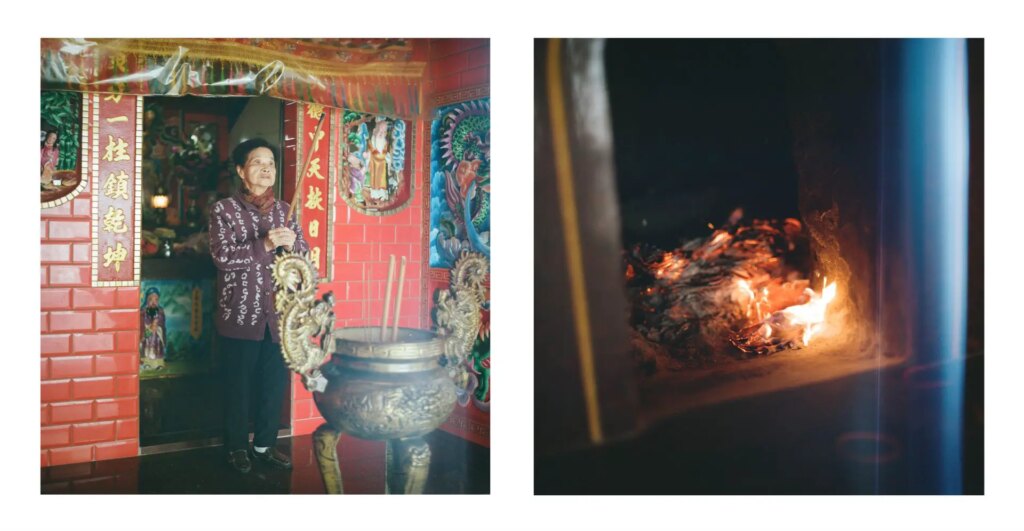
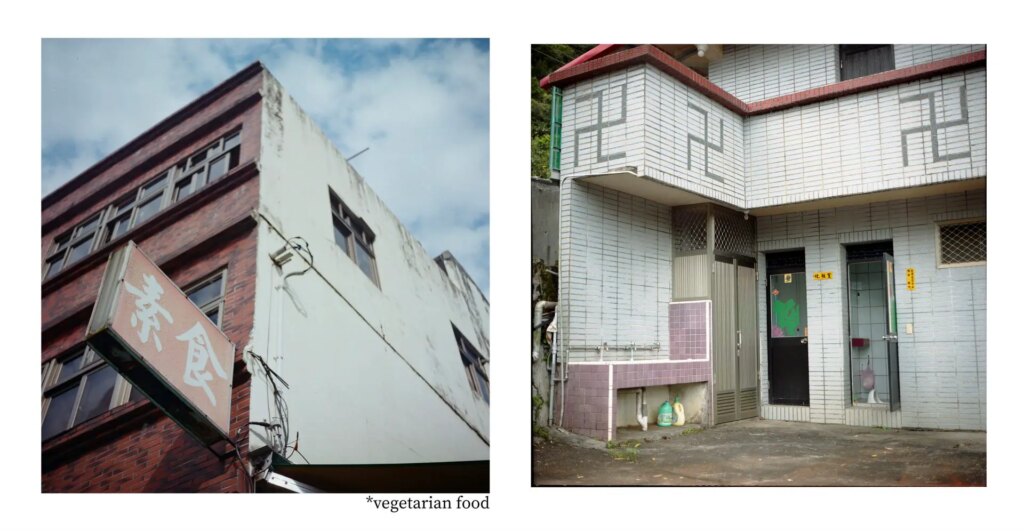
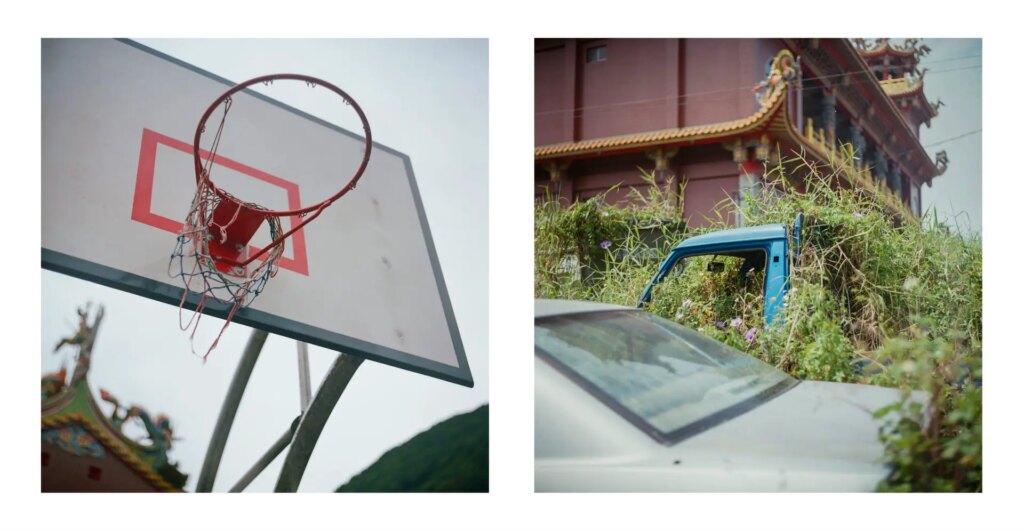
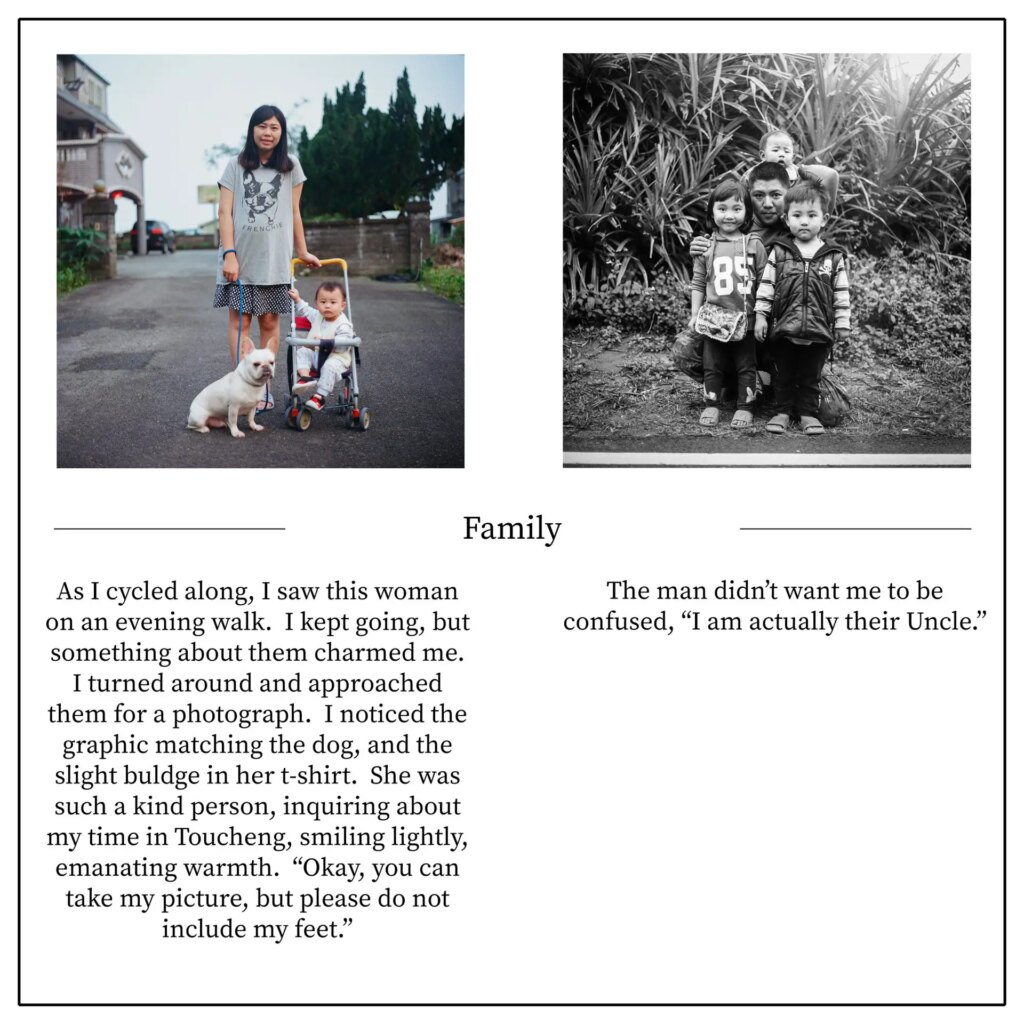
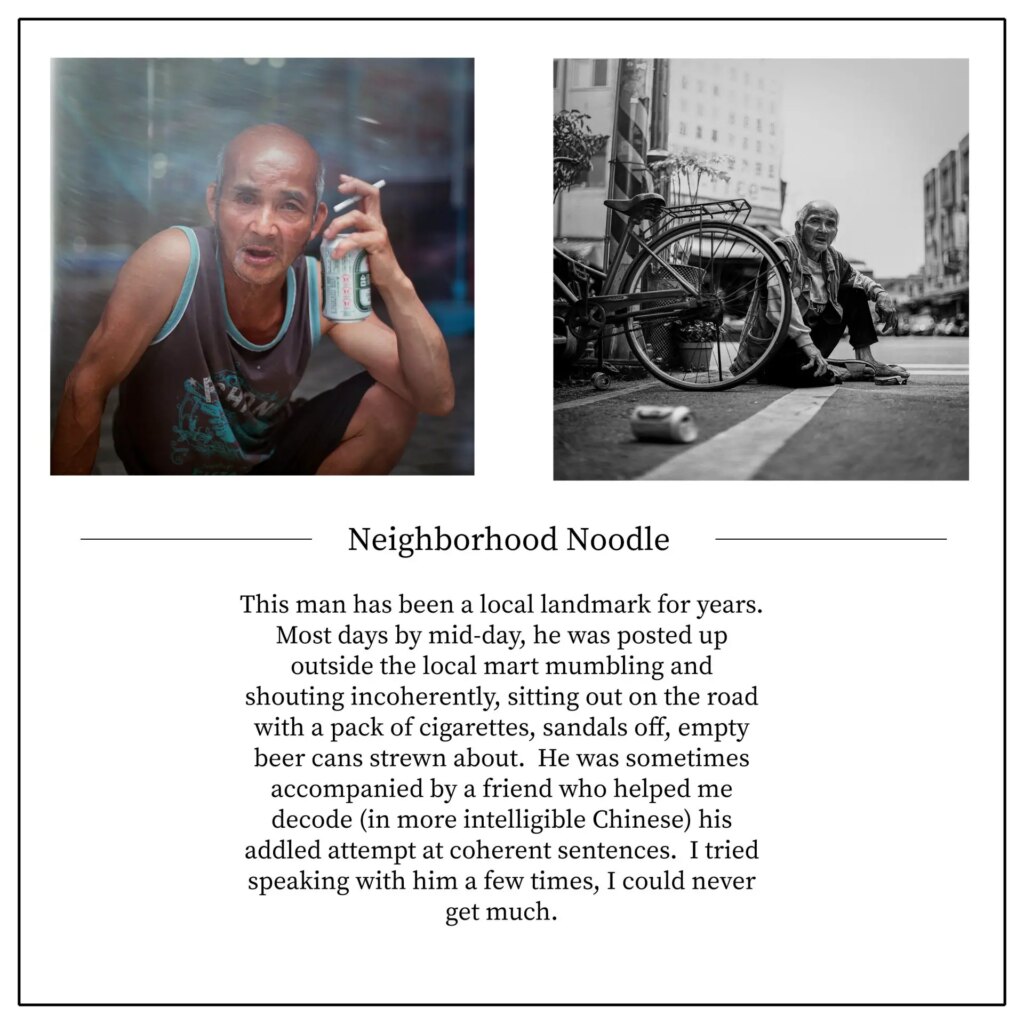
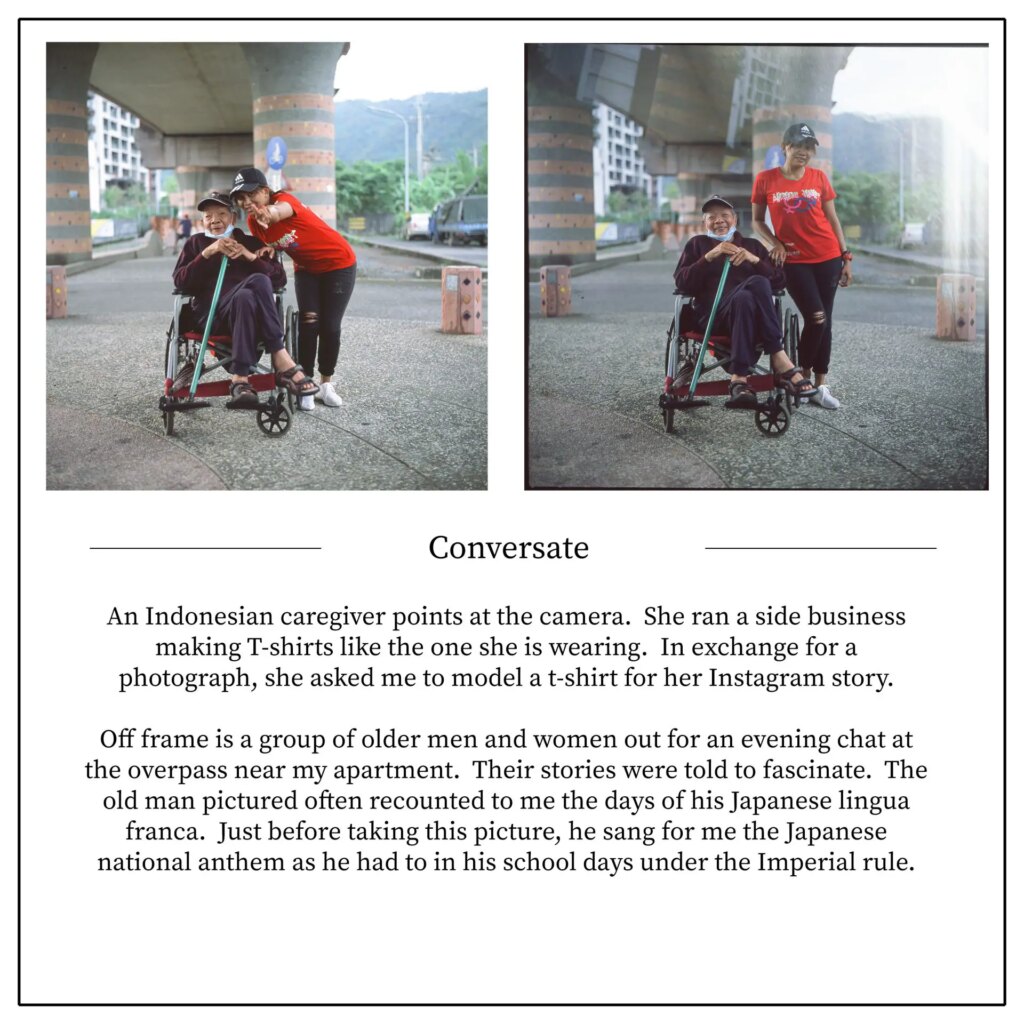
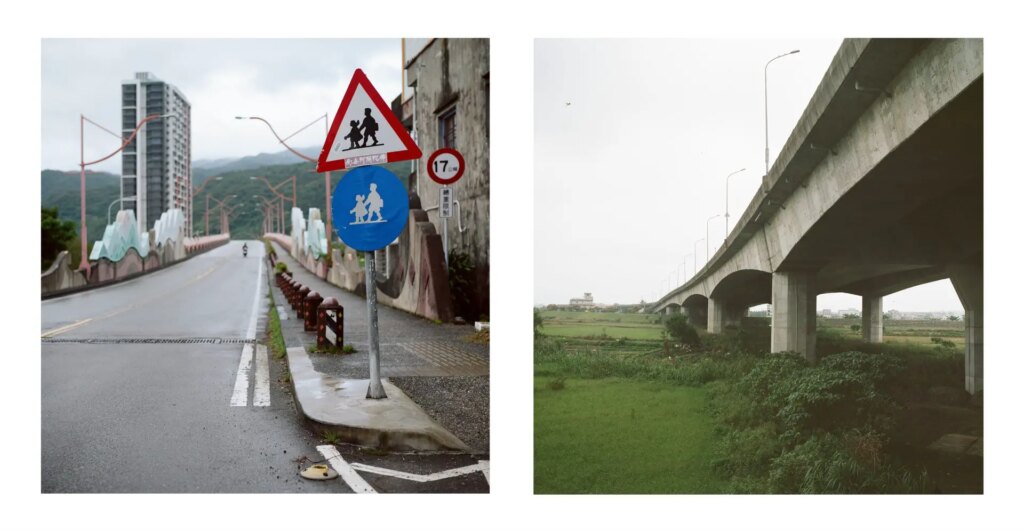
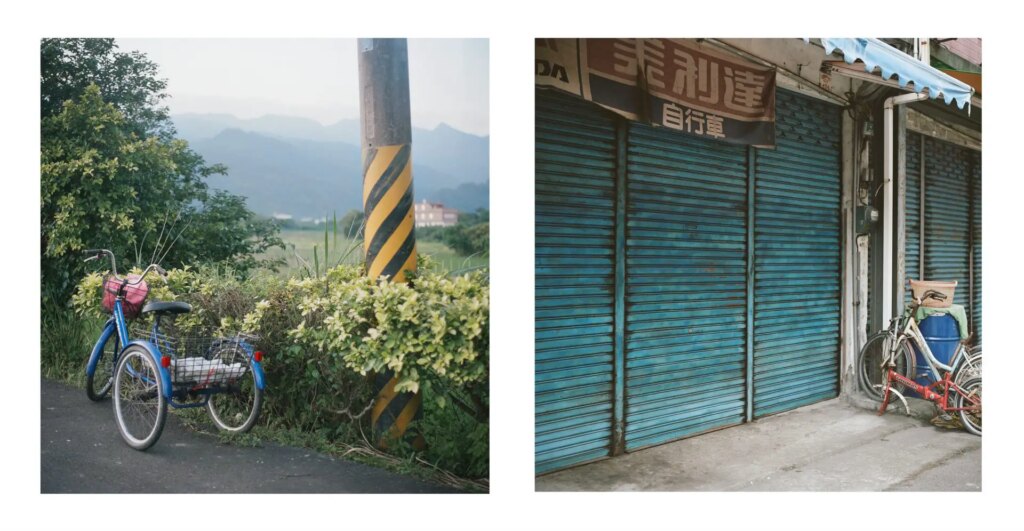
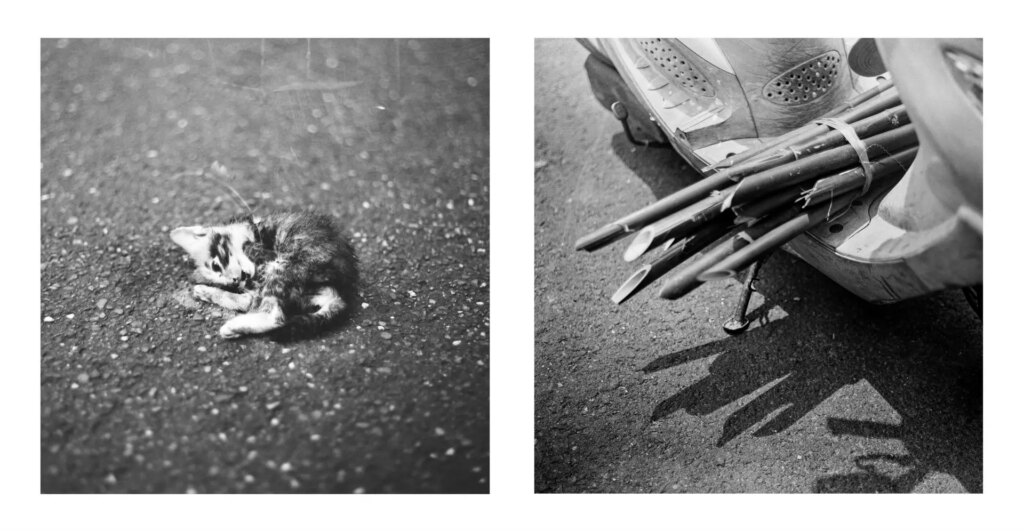
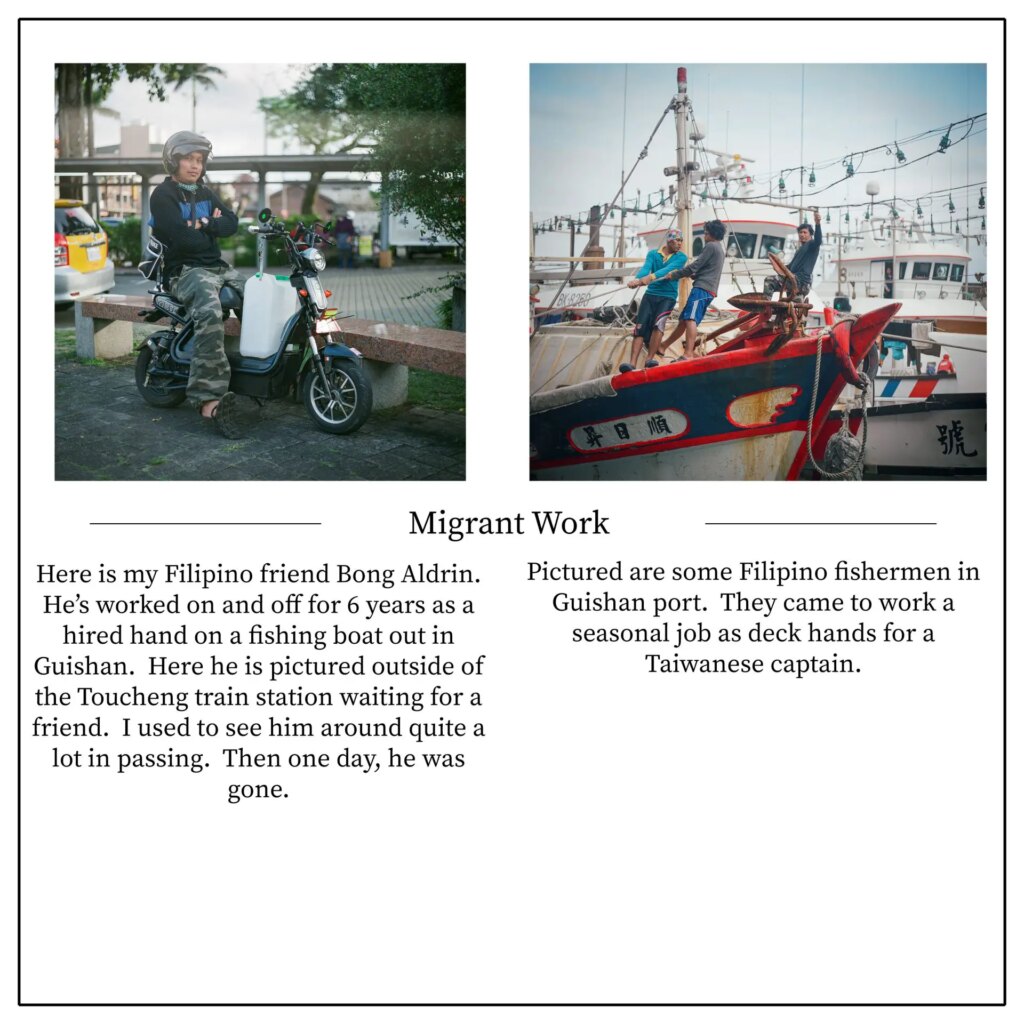
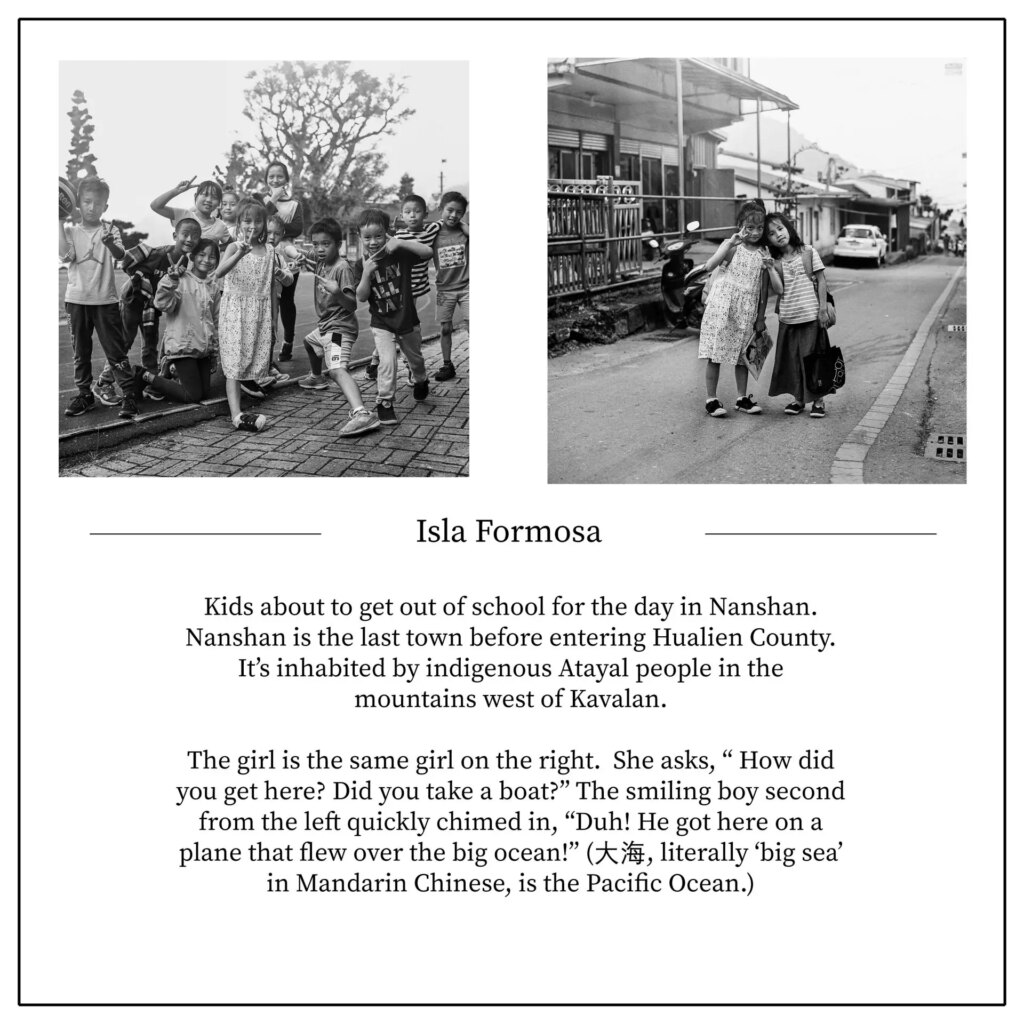
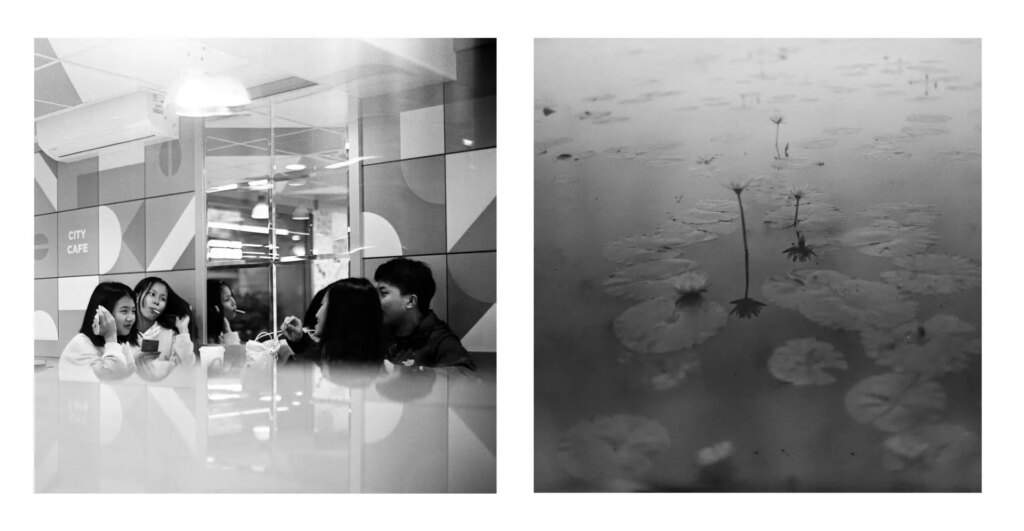
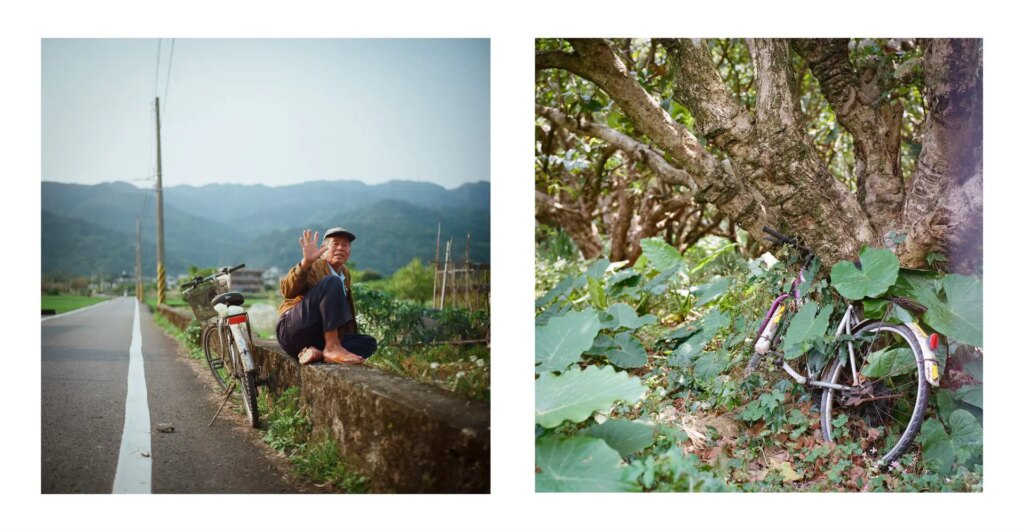
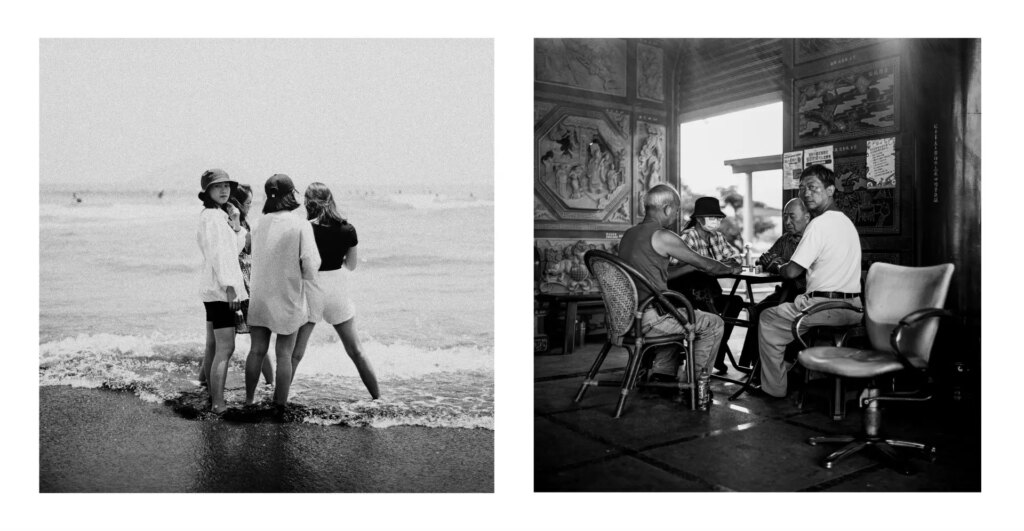
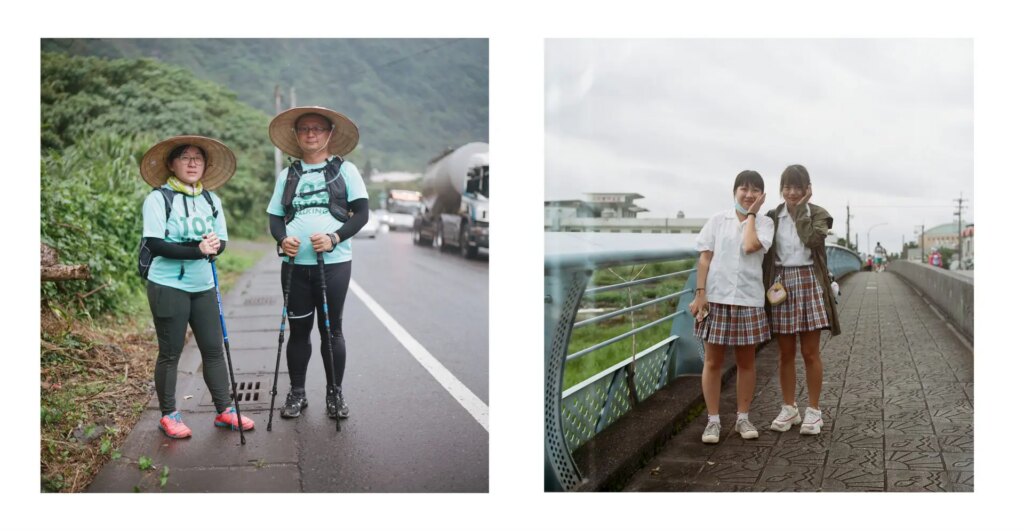
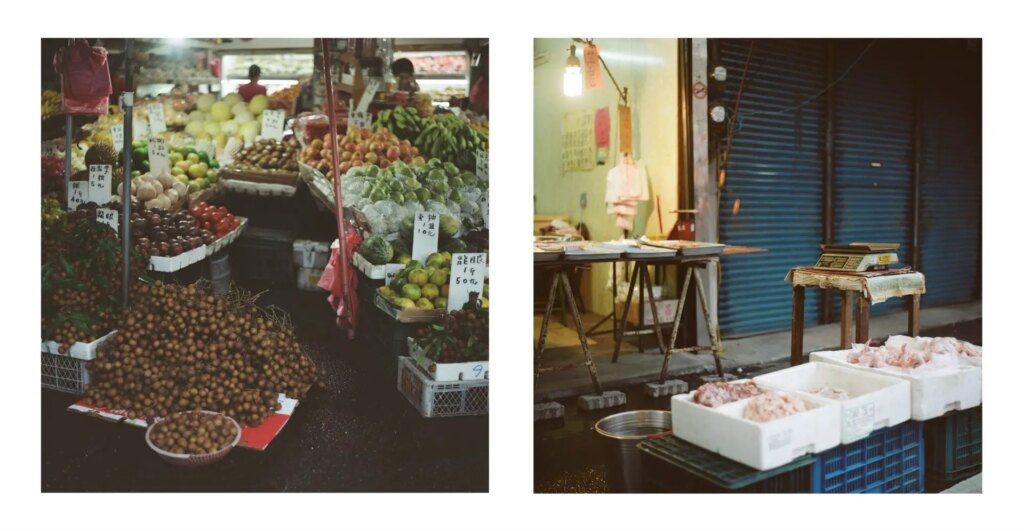
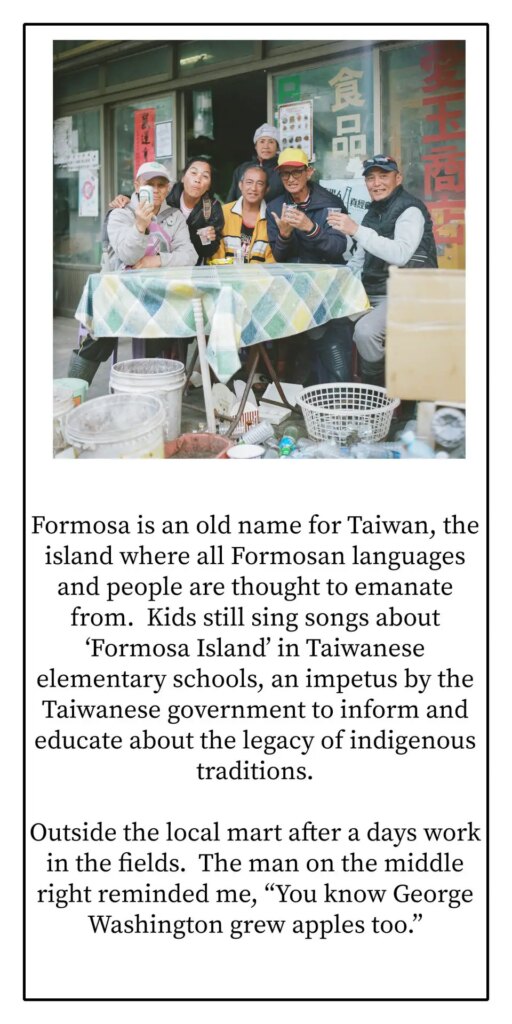
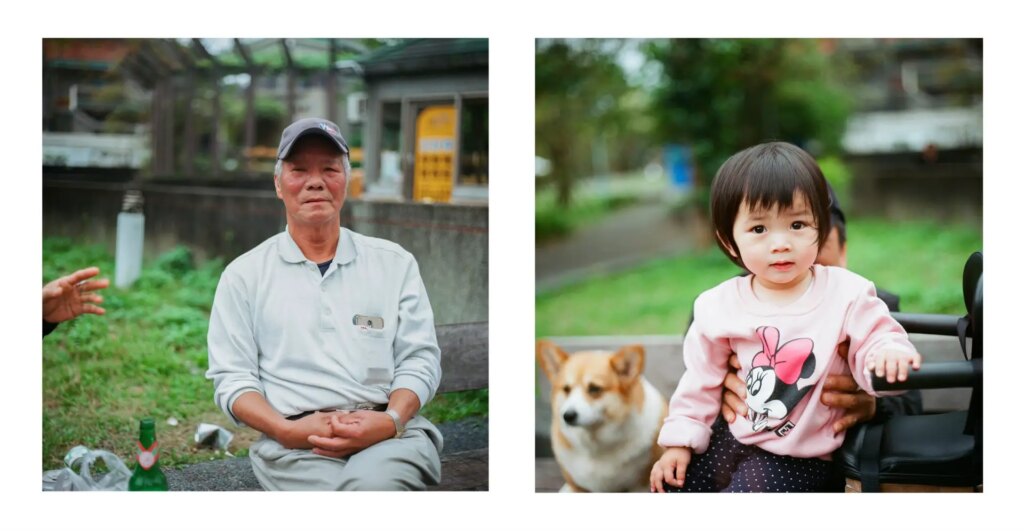
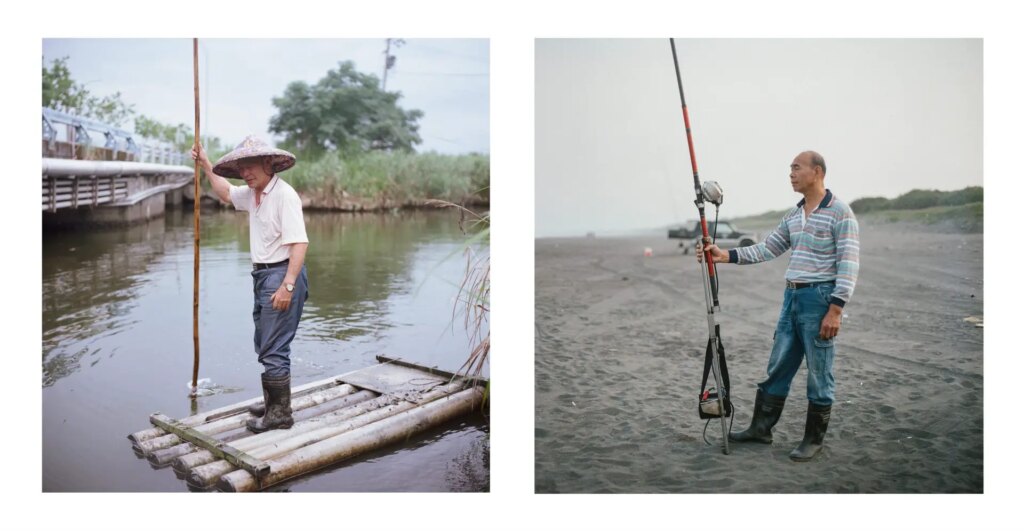
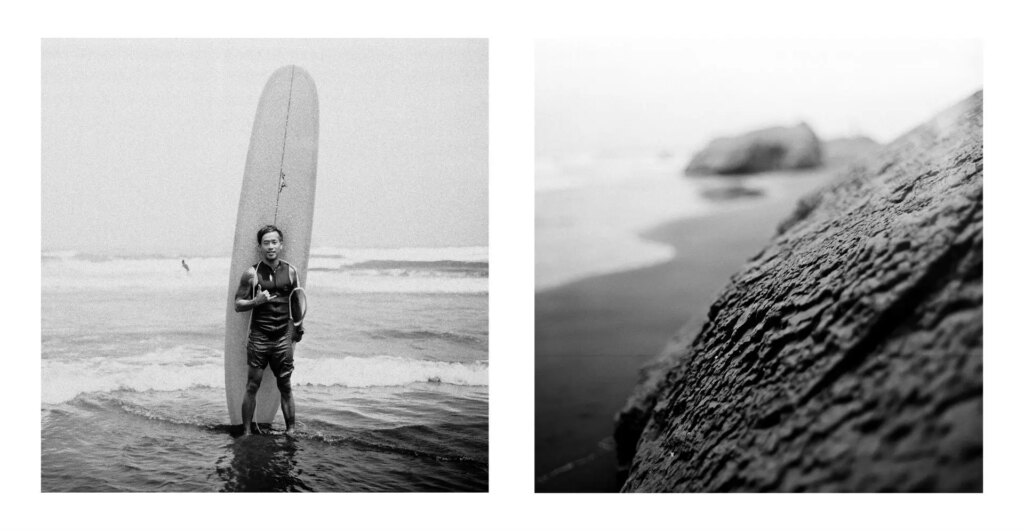
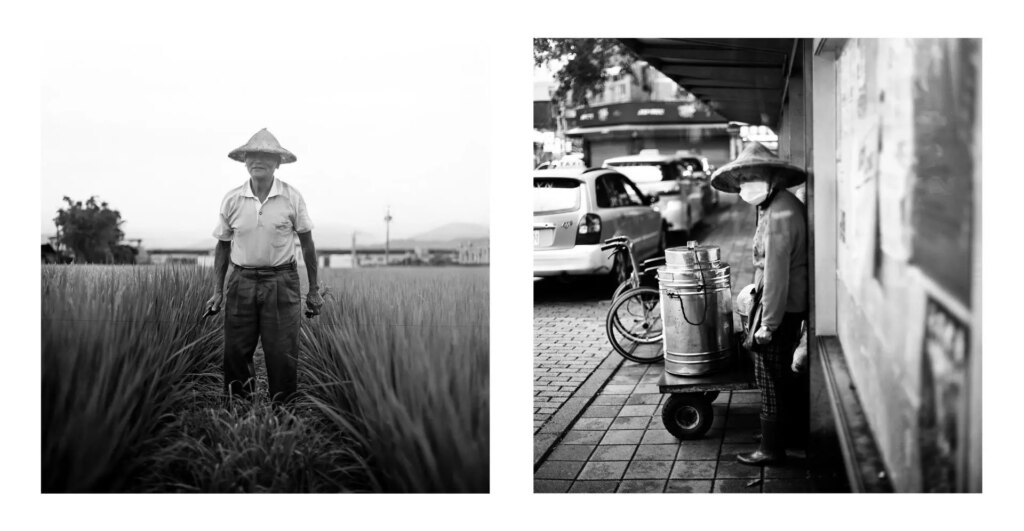
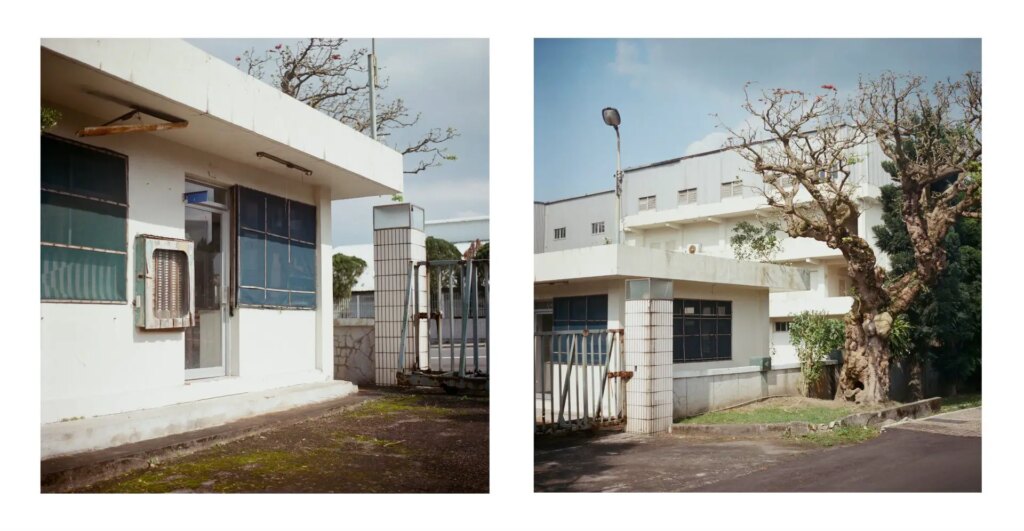
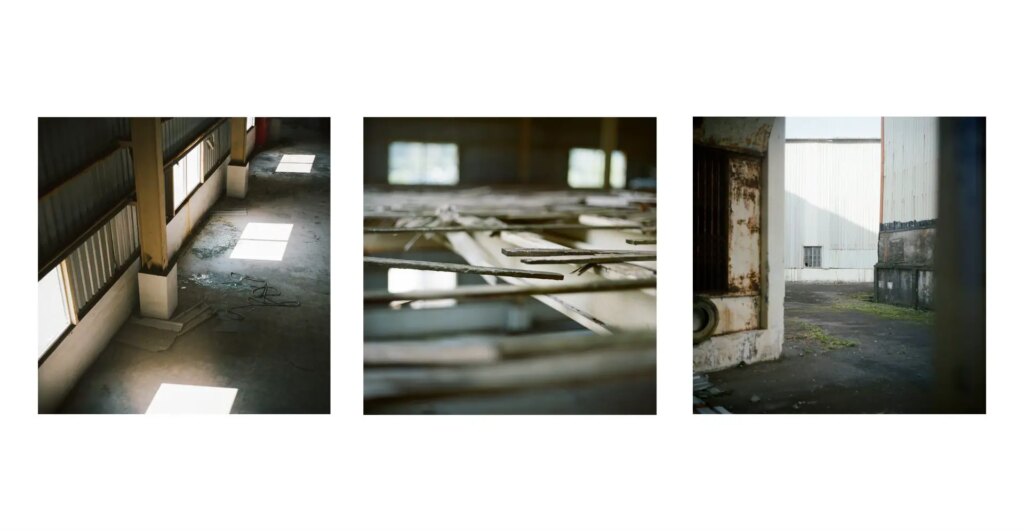
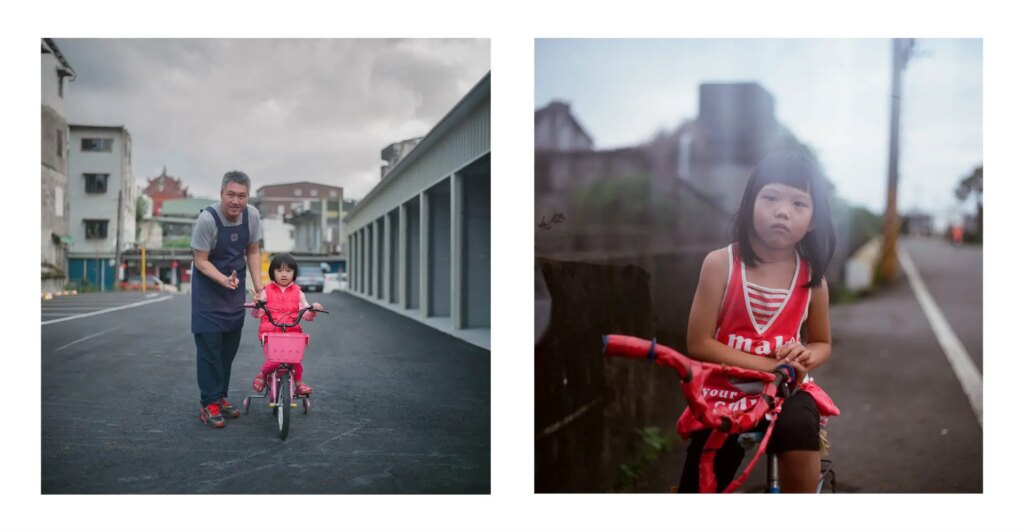
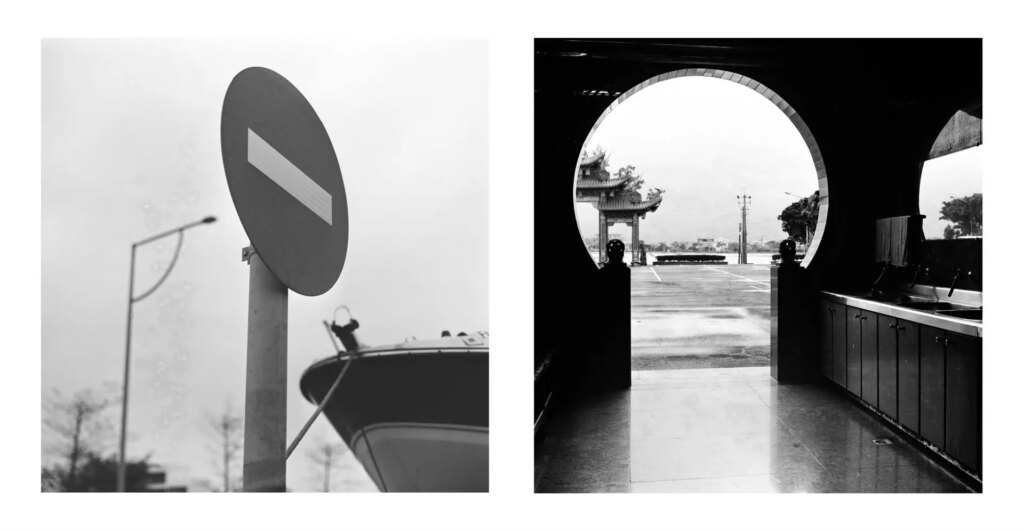
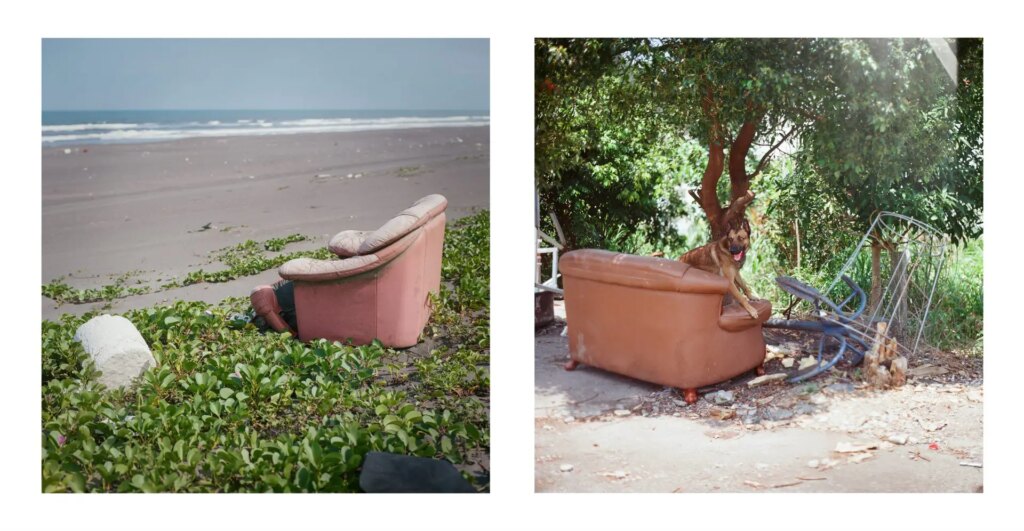
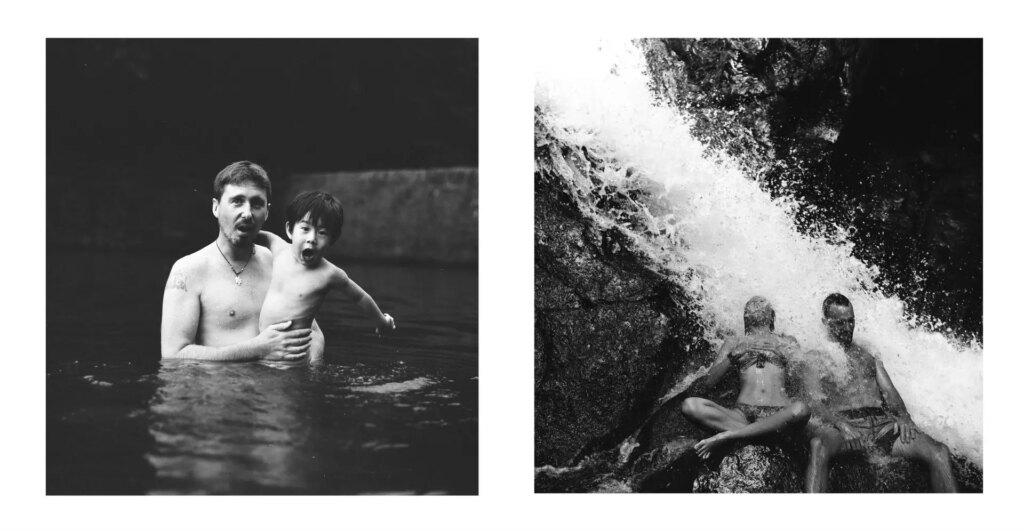
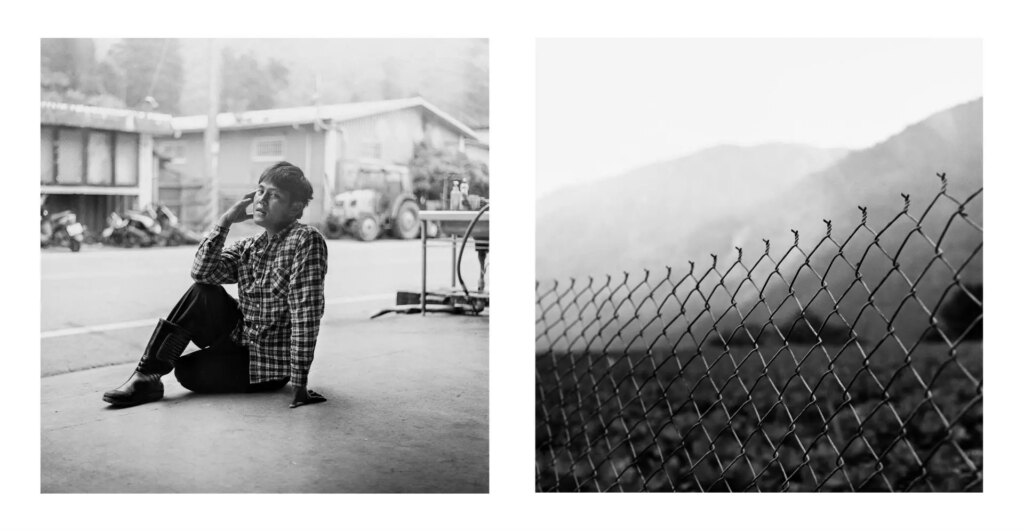
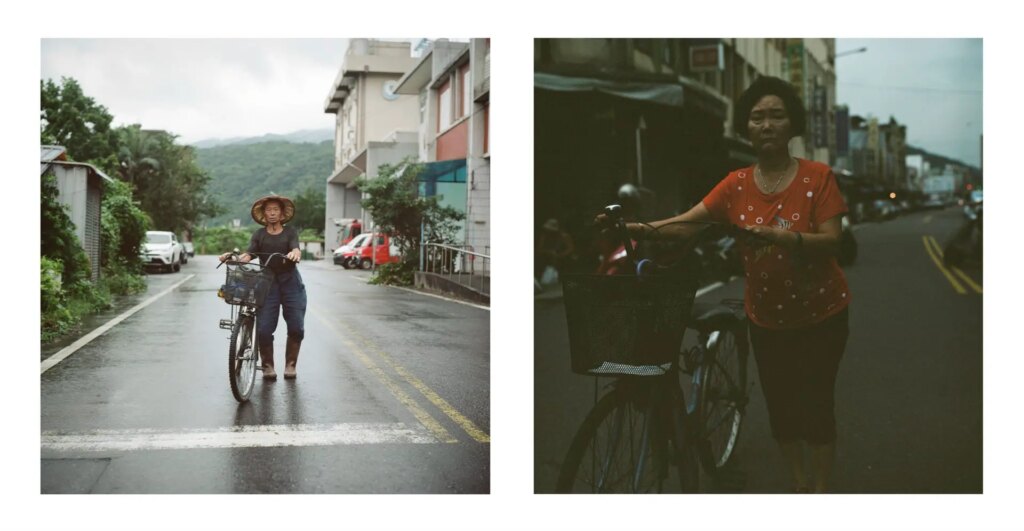
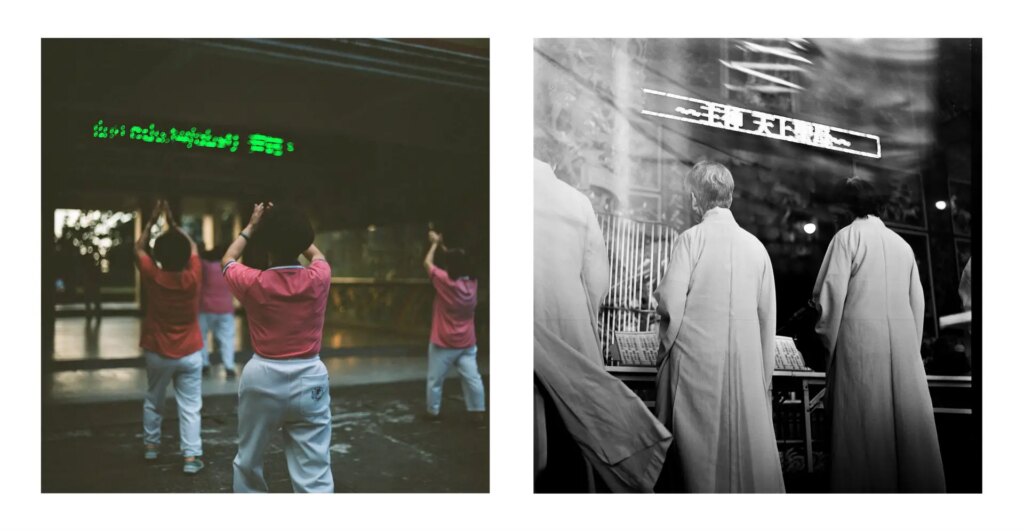
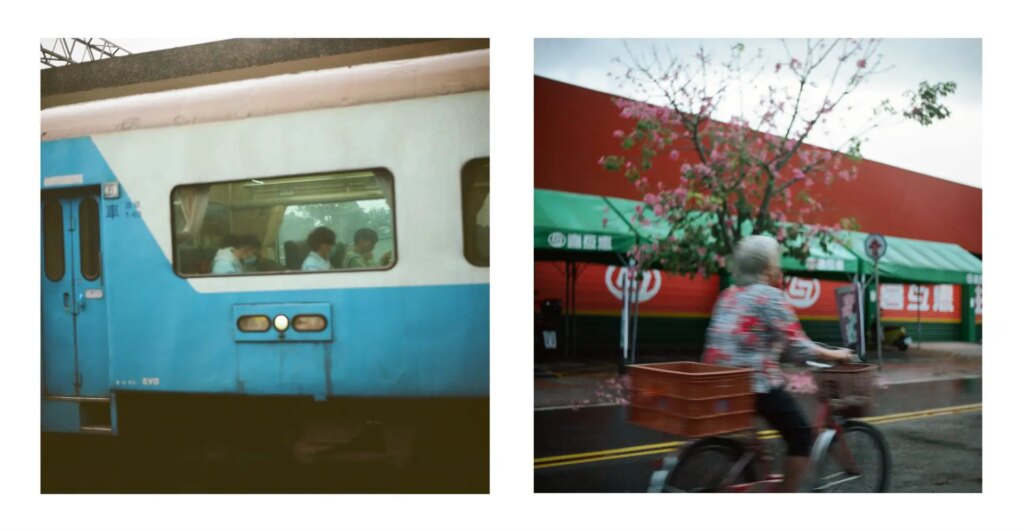
The addendum to this project is an Outdoor Guide of Yilan complete with pictures, maps, and descriptions of the local digs outdoors-wise. Check this out and more at www.jeigelikebeige.com.
Please drop a line if you have any comments or questions. Thanks for viewing.
IG: @jeigelikebeige
Share this post:
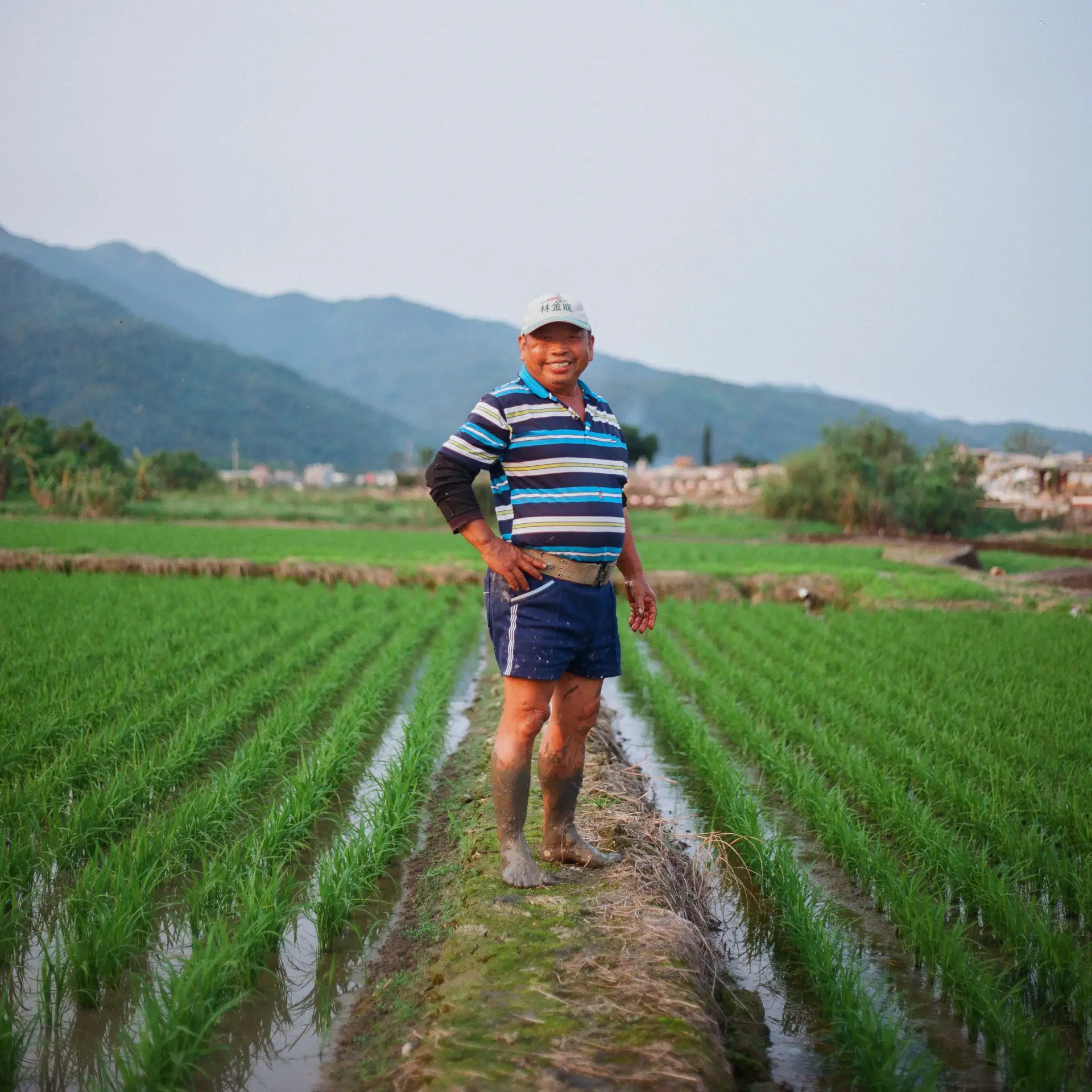








Comments
Rock on Traveling Kavalan 噶瑪蘭之路 – By John Vivadelli
Comment posted: 23/06/2022
Comment posted: 23/06/2022
Justin Kingery on Traveling Kavalan 噶瑪蘭之路 – By John Vivadelli
Comment posted: 23/06/2022
Comment posted: 23/06/2022
mike on Traveling Kavalan 噶瑪蘭之路 – By John Vivadelli
Comment posted: 23/06/2022
Comment posted: 23/06/2022
DeeDee Yelverton on Traveling Kavalan 噶瑪蘭之路 – By John Vivadelli
Comment posted: 23/06/2022
Comment posted: 23/06/2022
CP93 on Traveling Kavalan 噶瑪蘭之路 – By John Vivadelli
Comment posted: 23/06/2022
Comment posted: 23/06/2022
Comment posted: 23/06/2022
Martin on Traveling Kavalan 噶瑪蘭之路 – By John Vivadelli
Comment posted: 24/06/2022
Dan on Traveling Kavalan 噶瑪蘭之路 – By John Vivadelli
Comment posted: 01/07/2022
David on Traveling Kavalan 噶瑪蘭之路 – By John Vivadelli
Comment posted: 18/07/2022